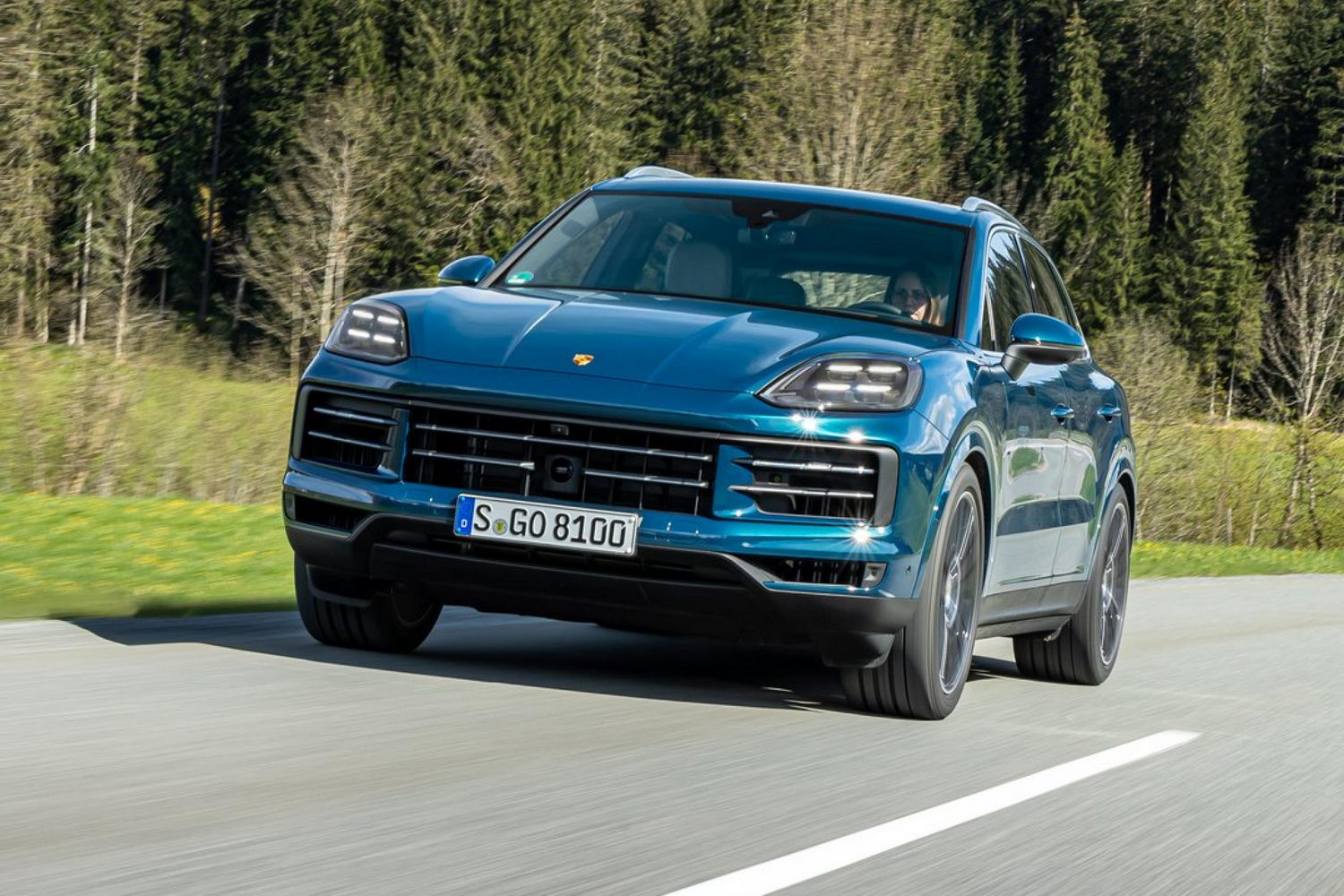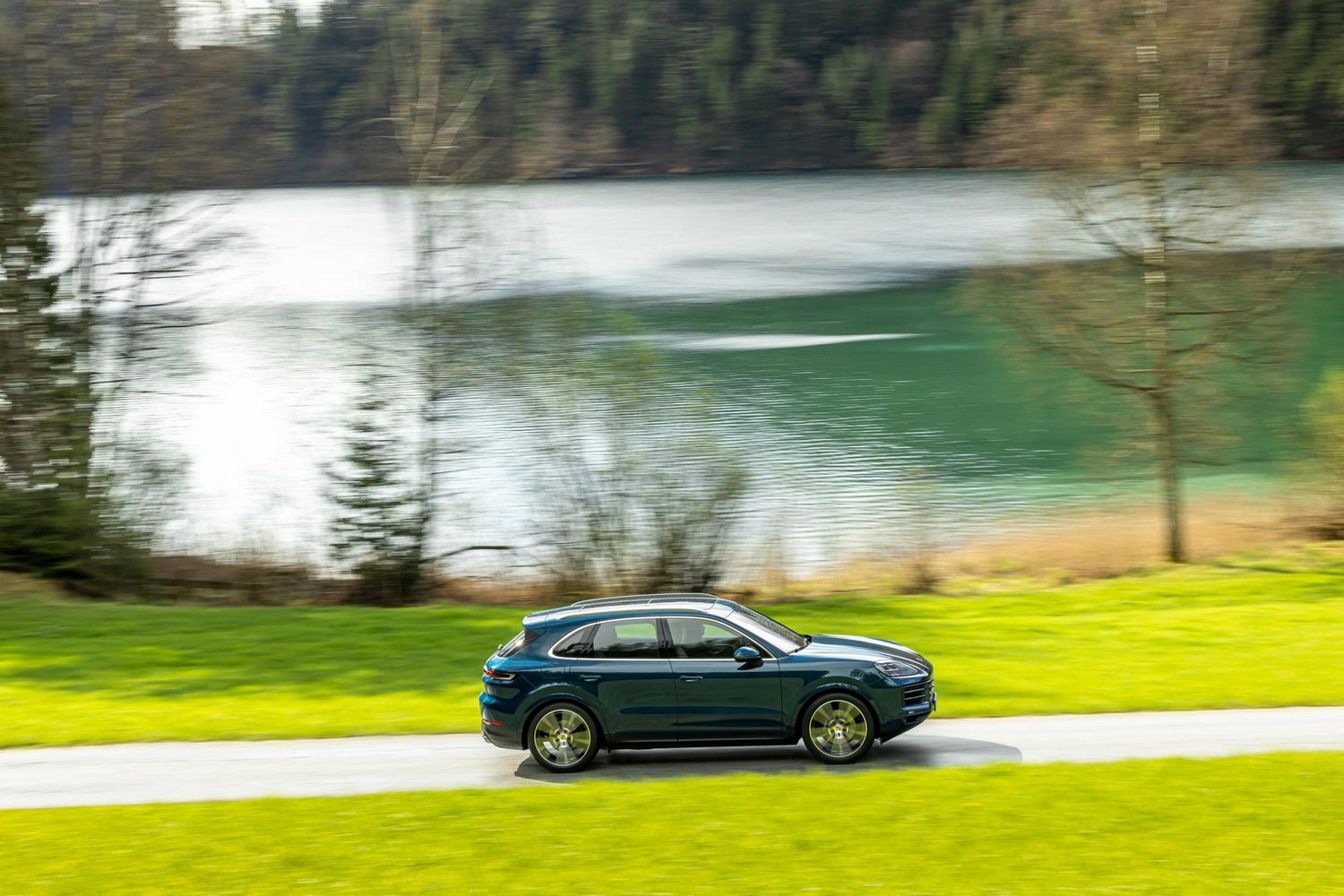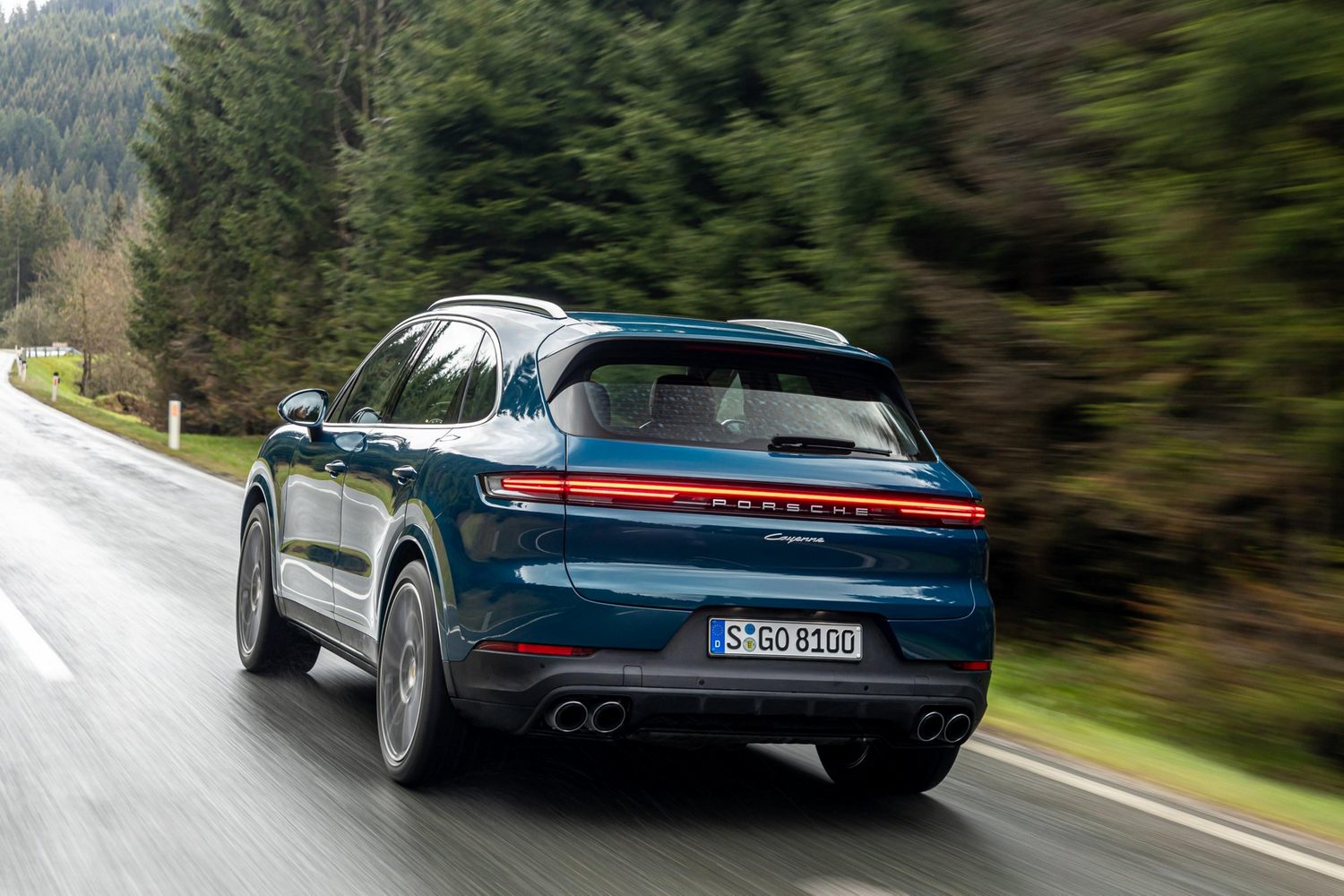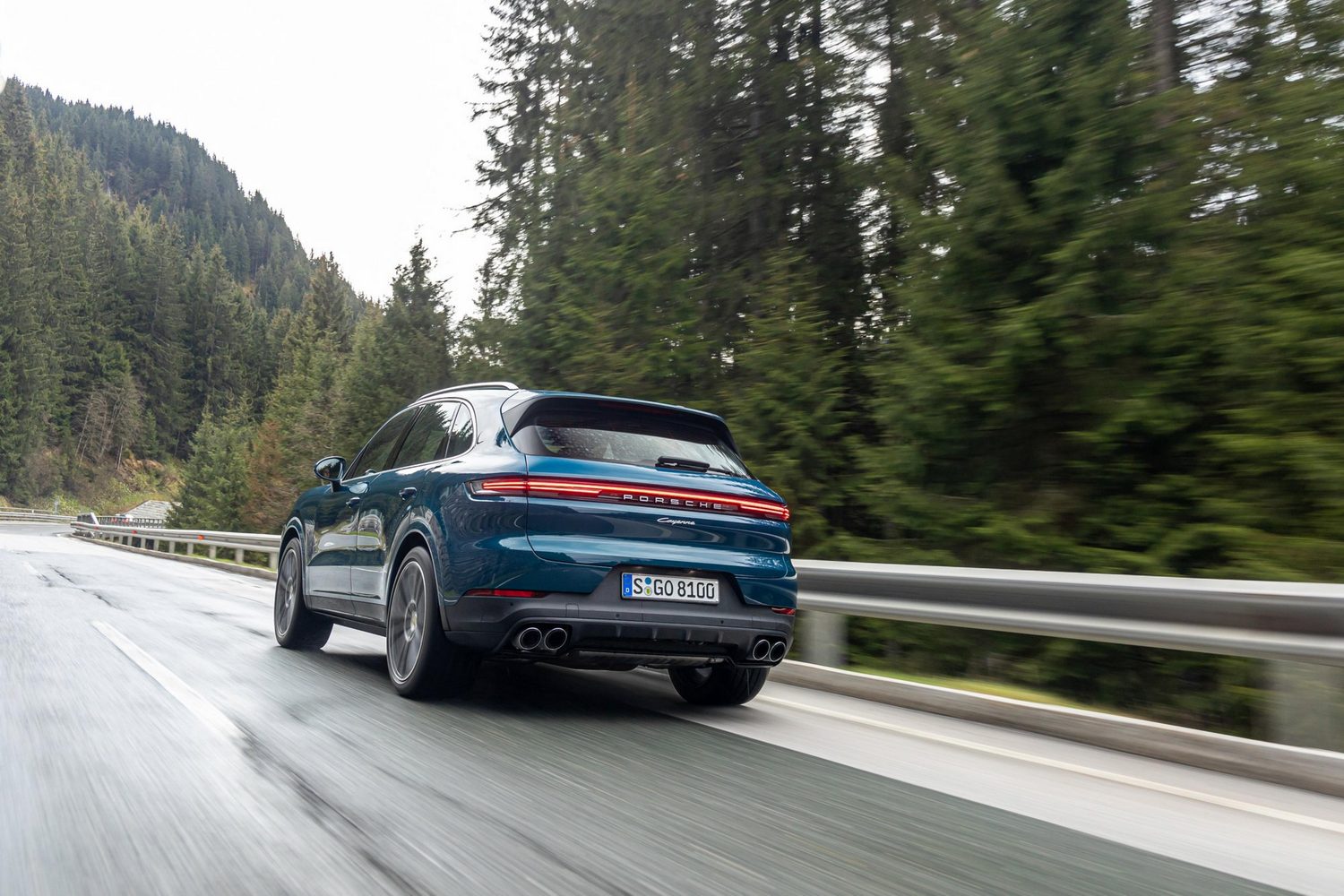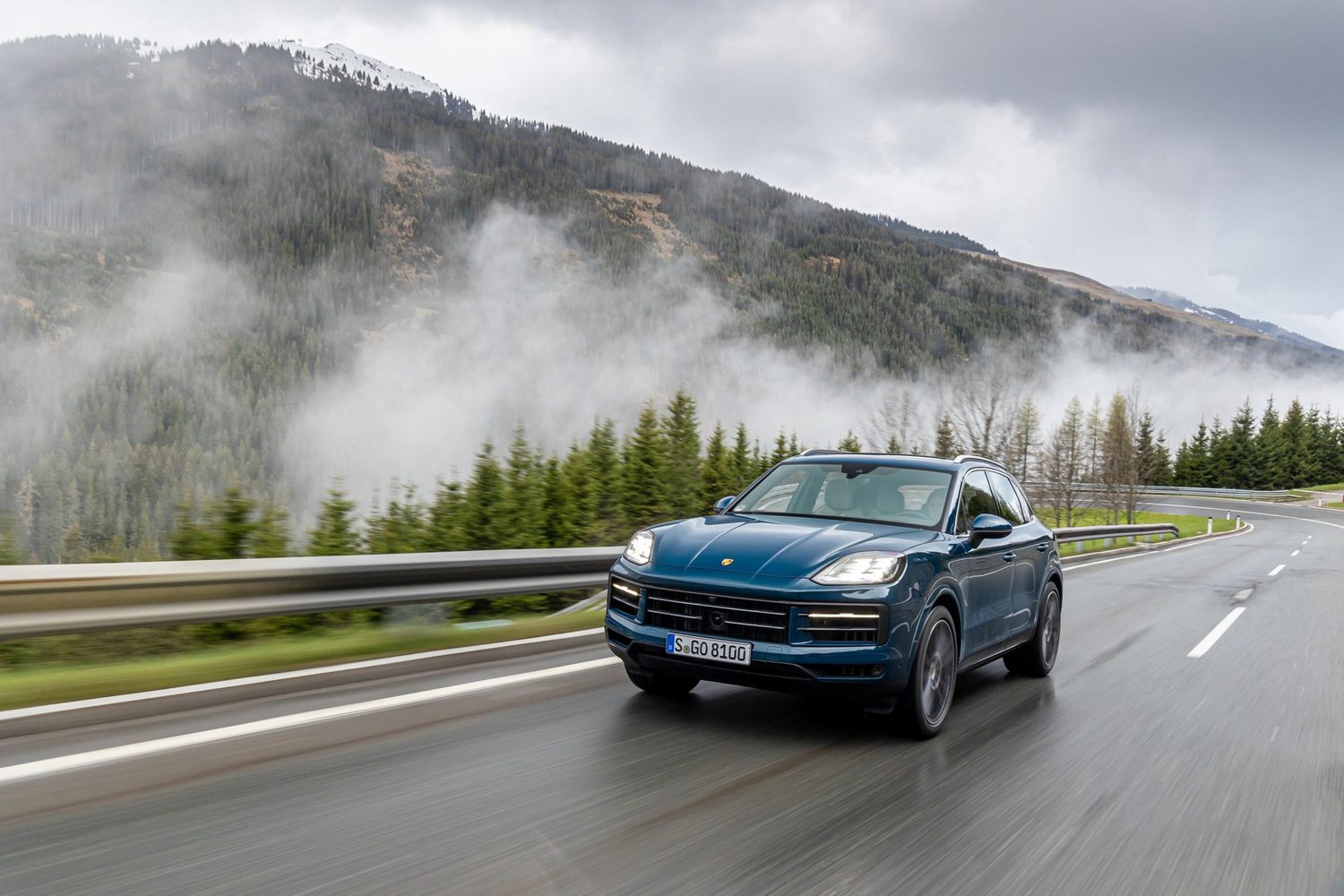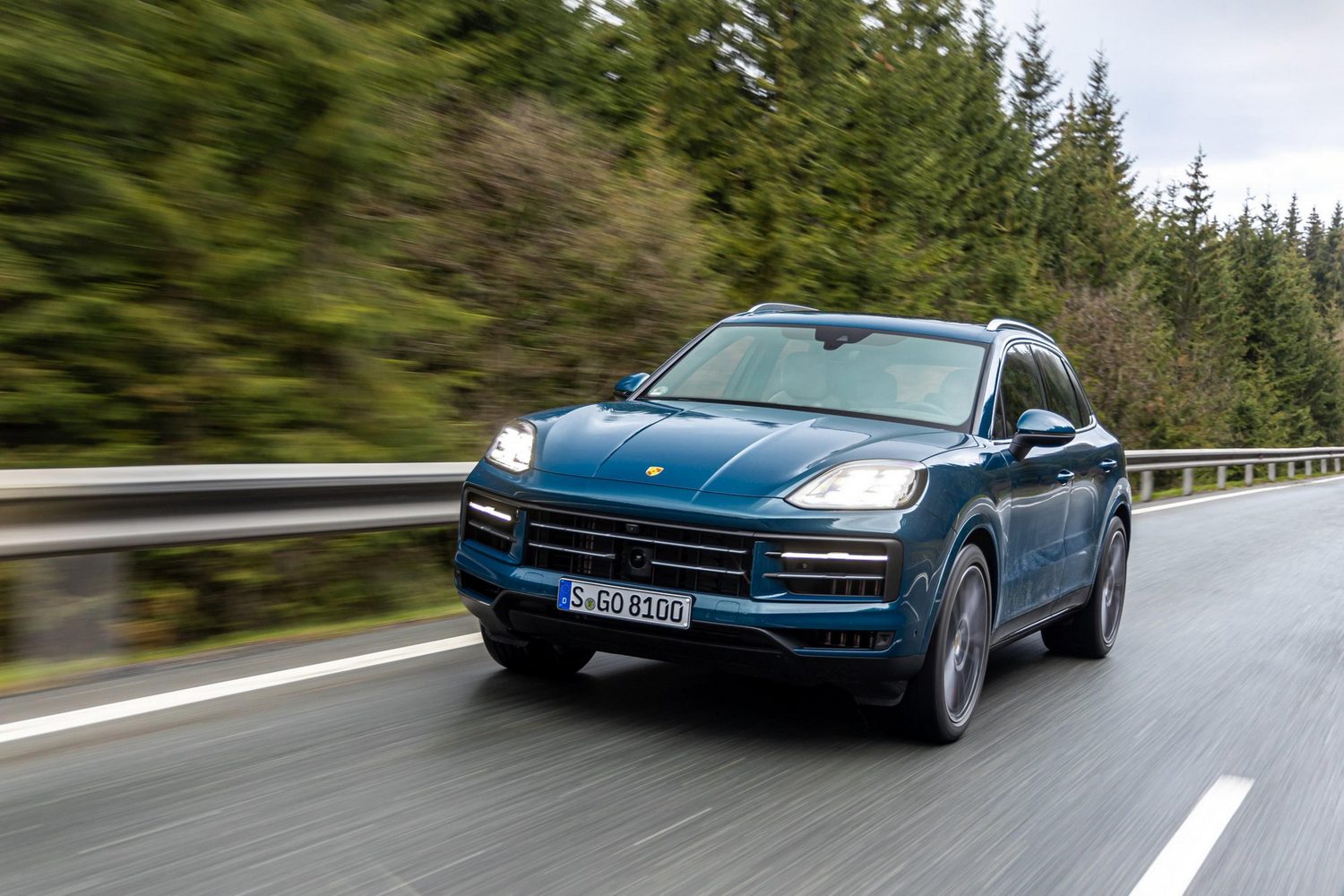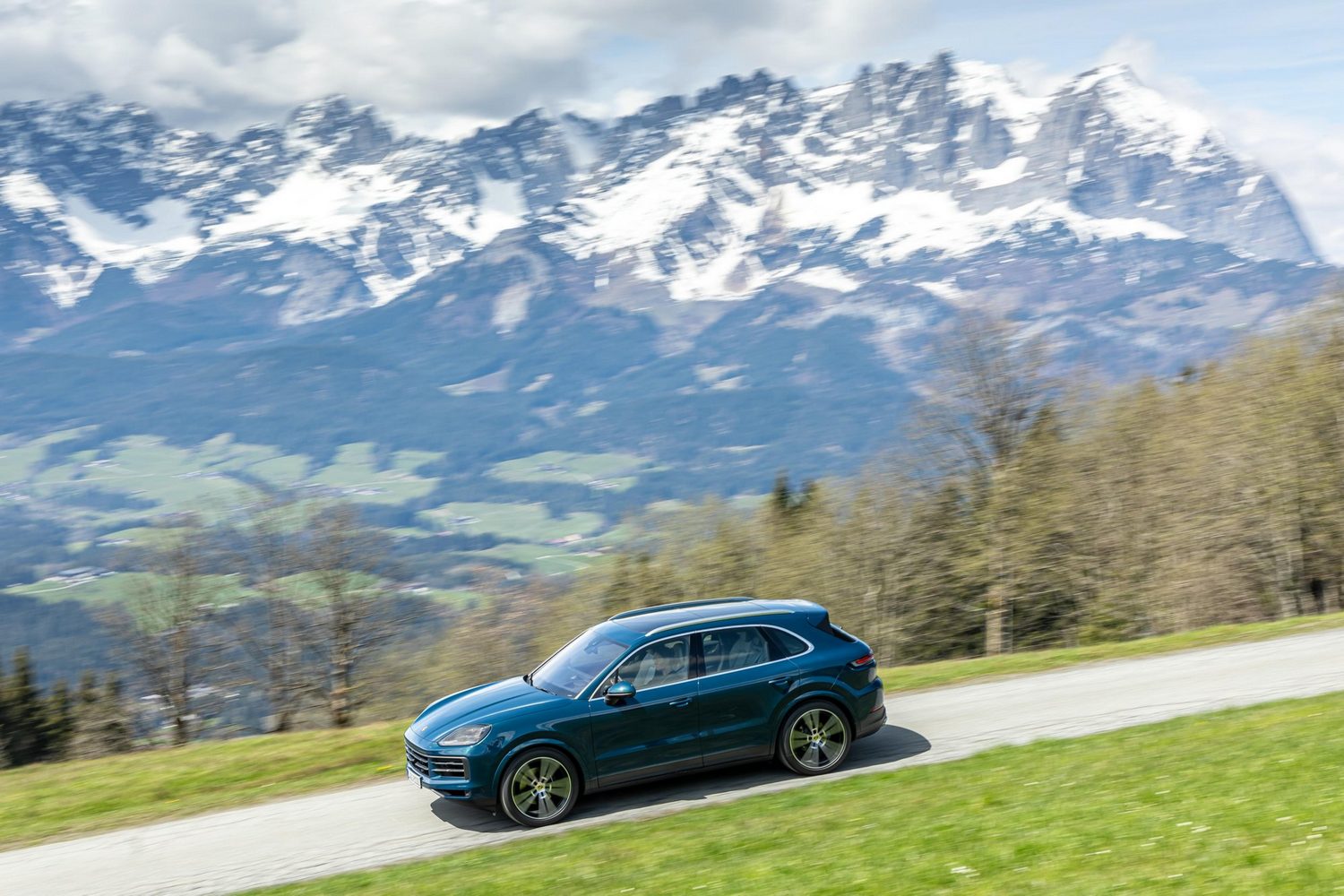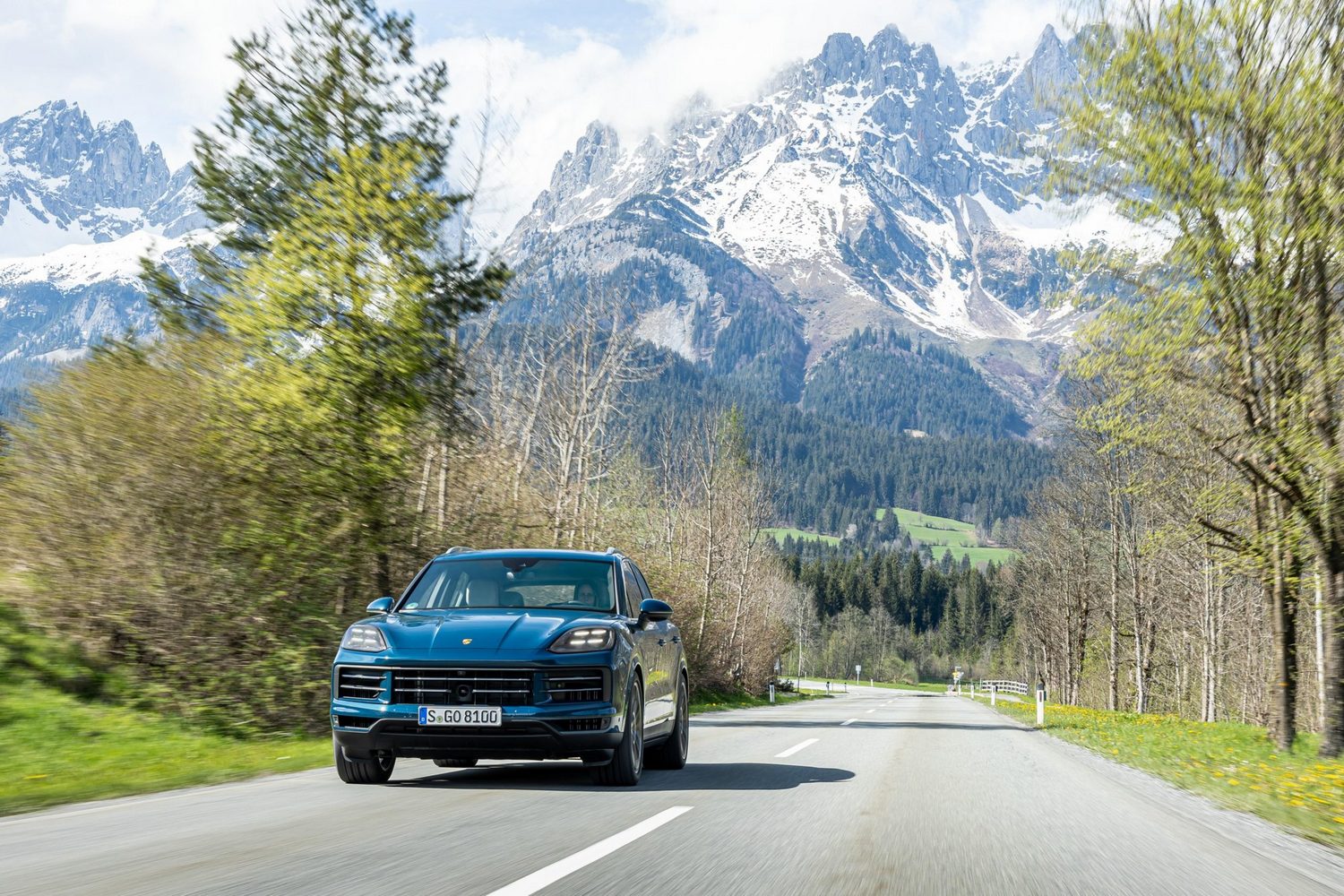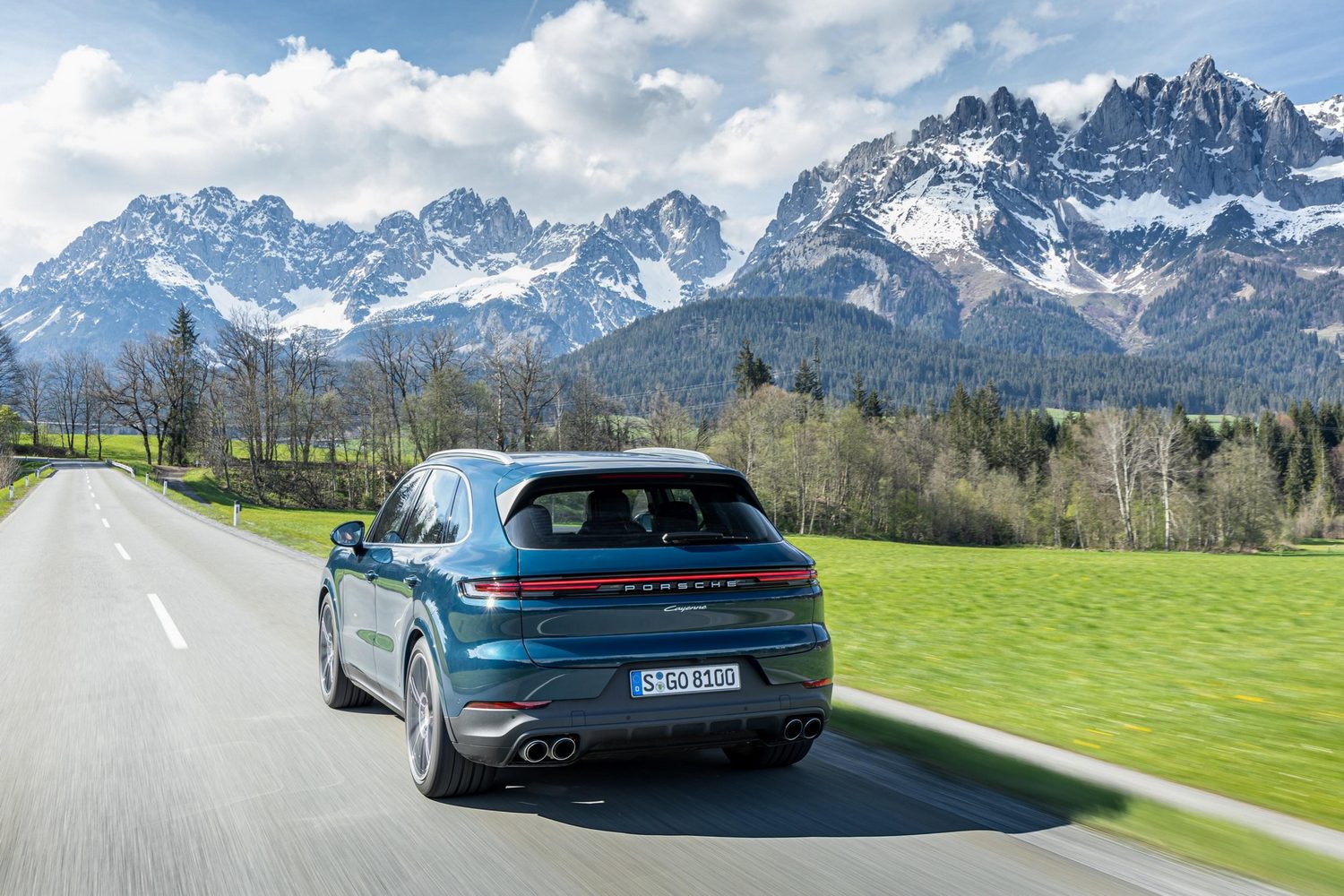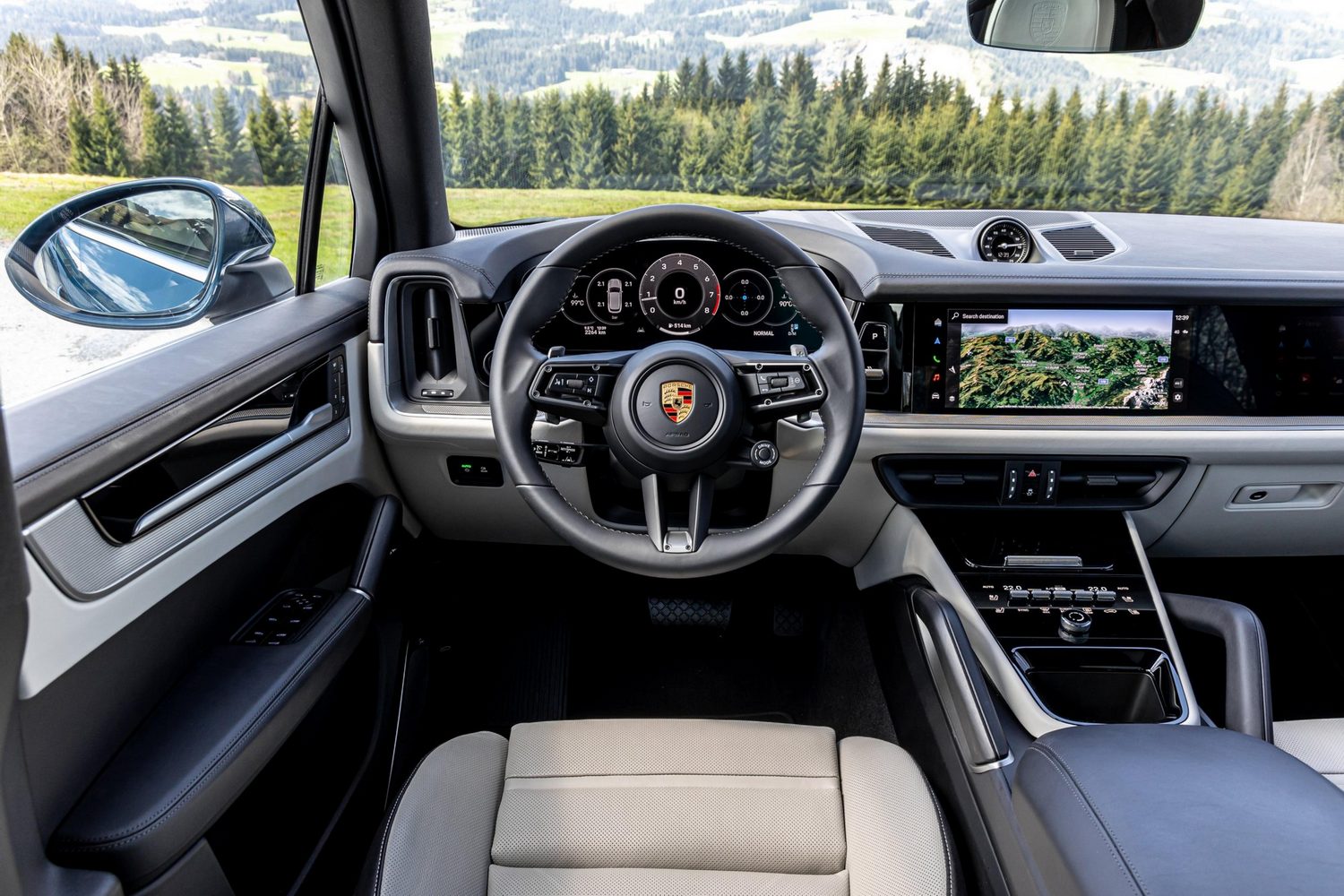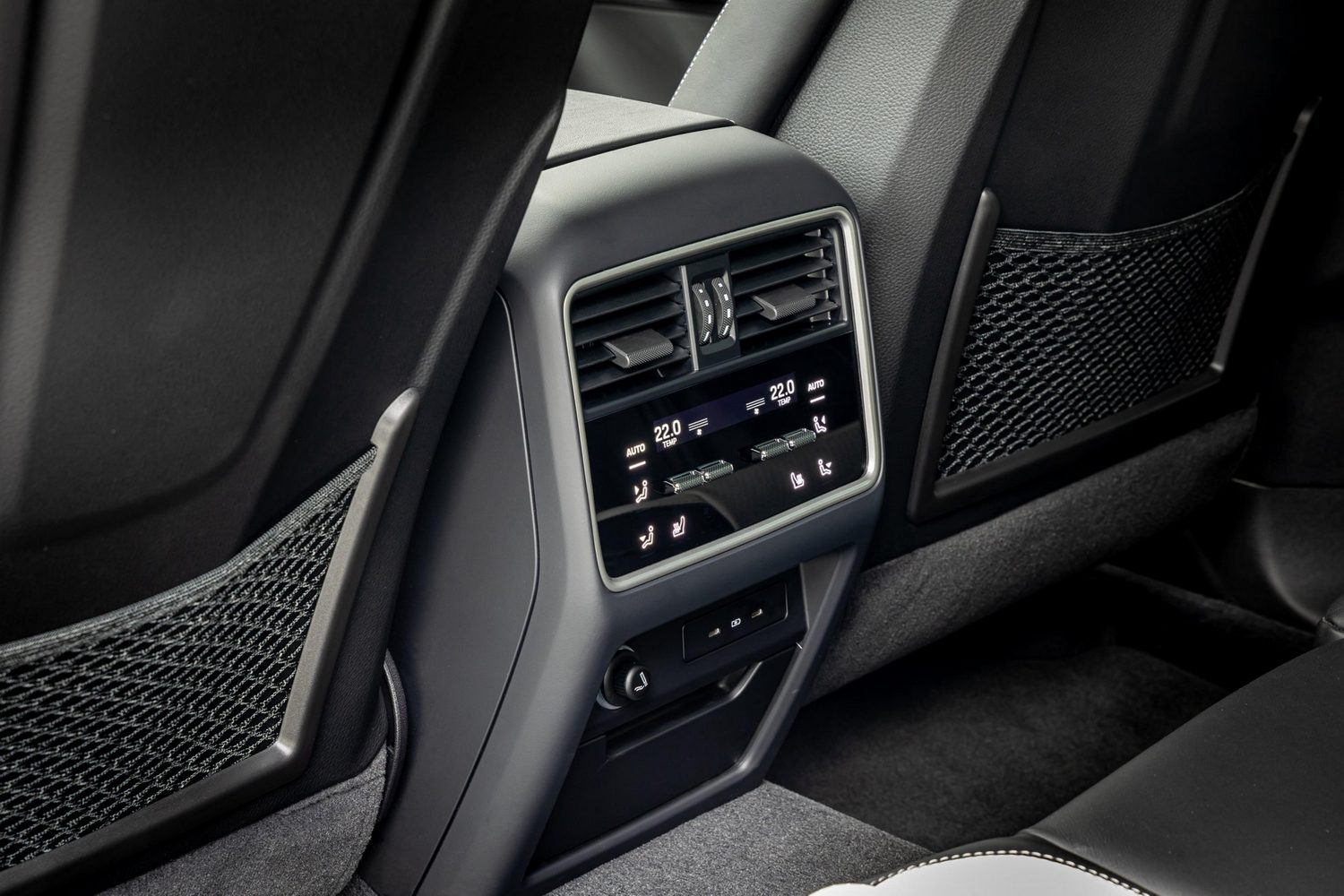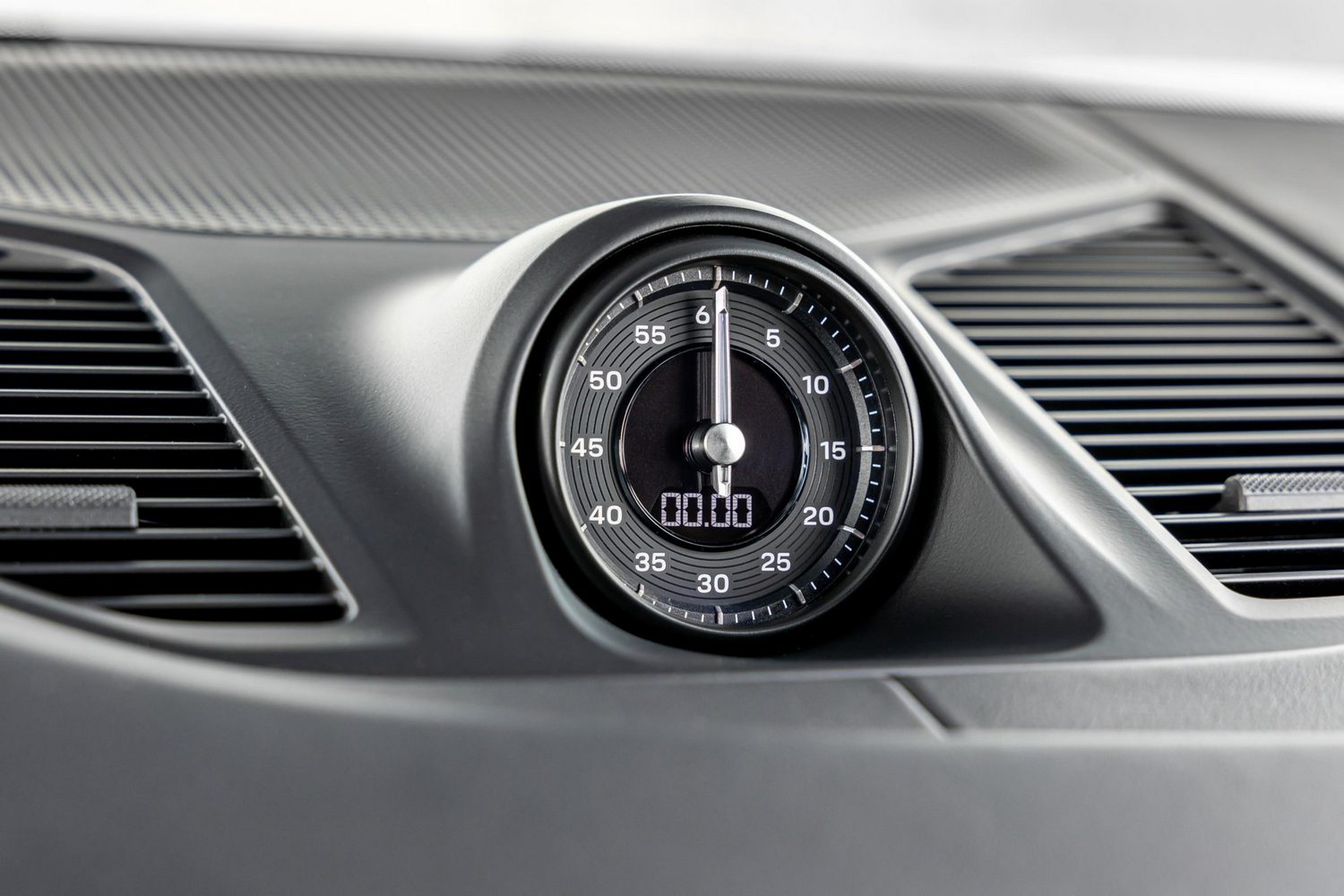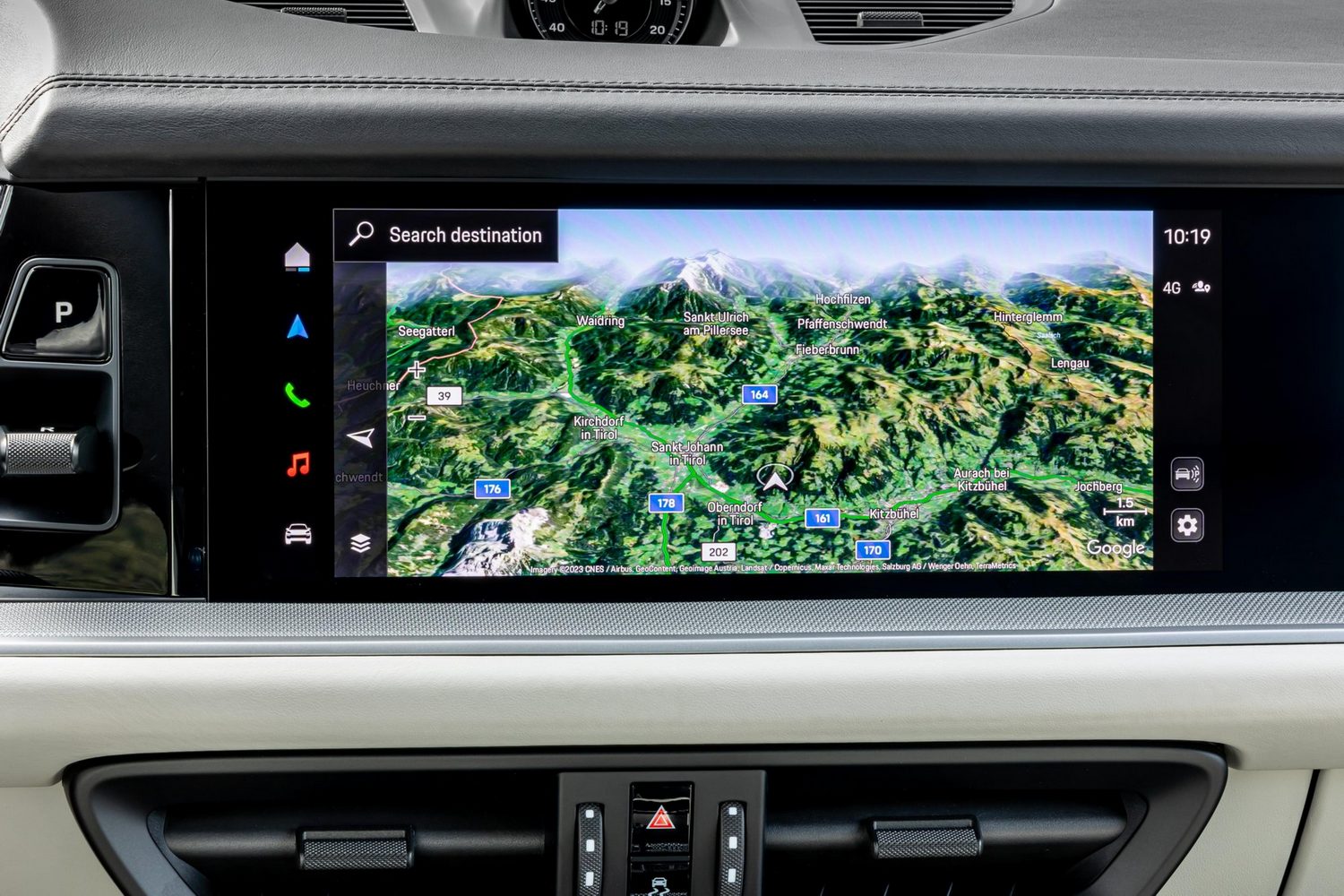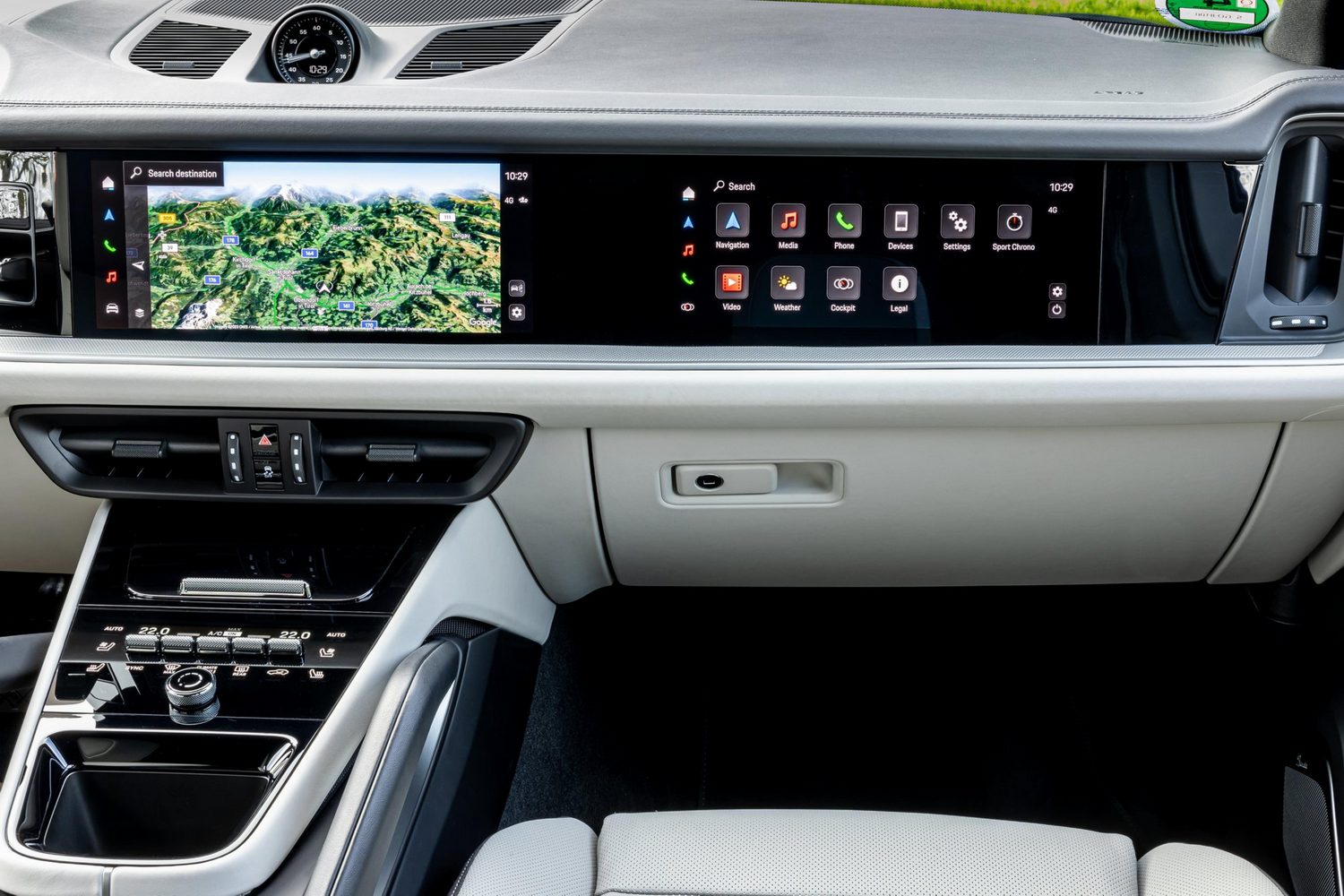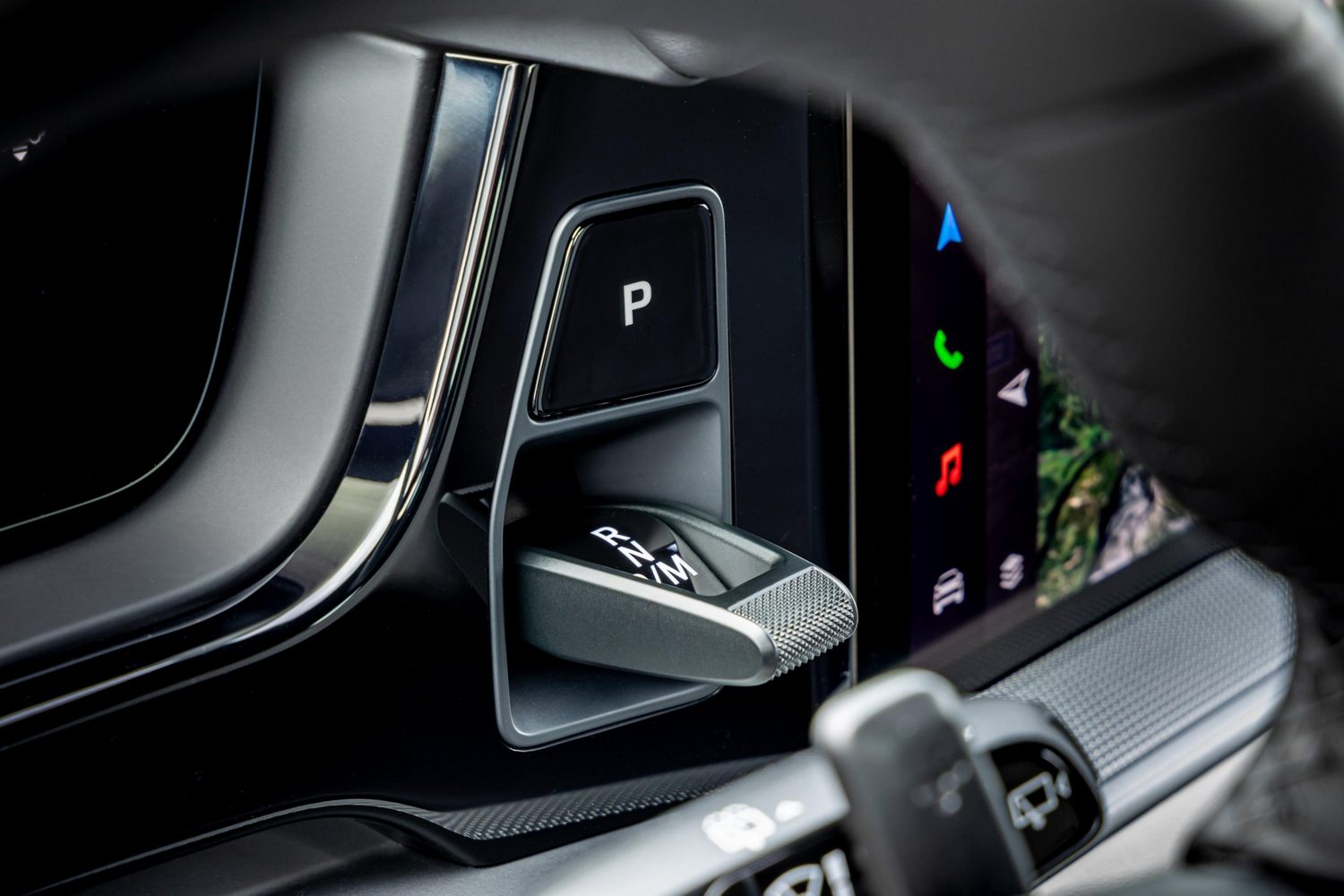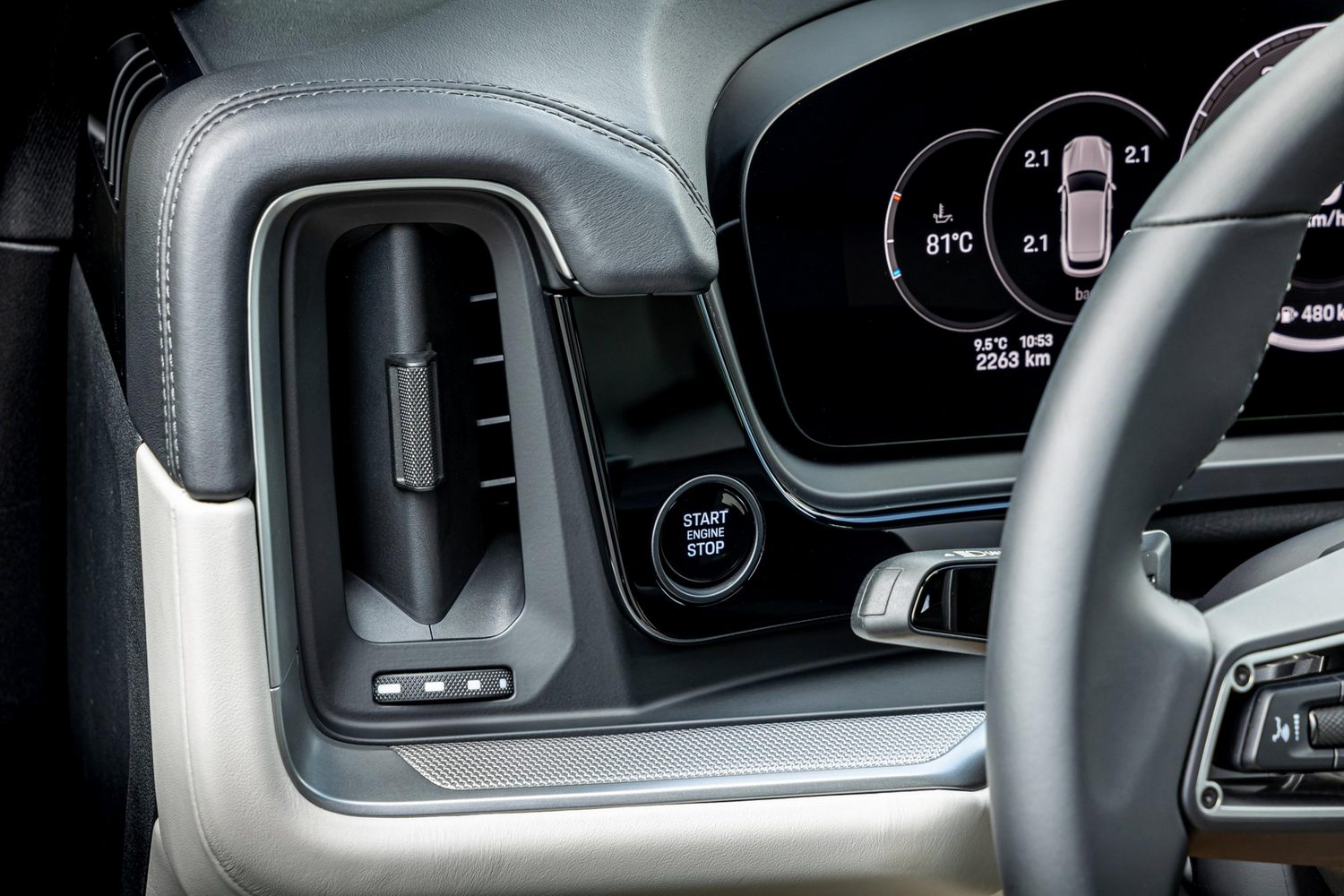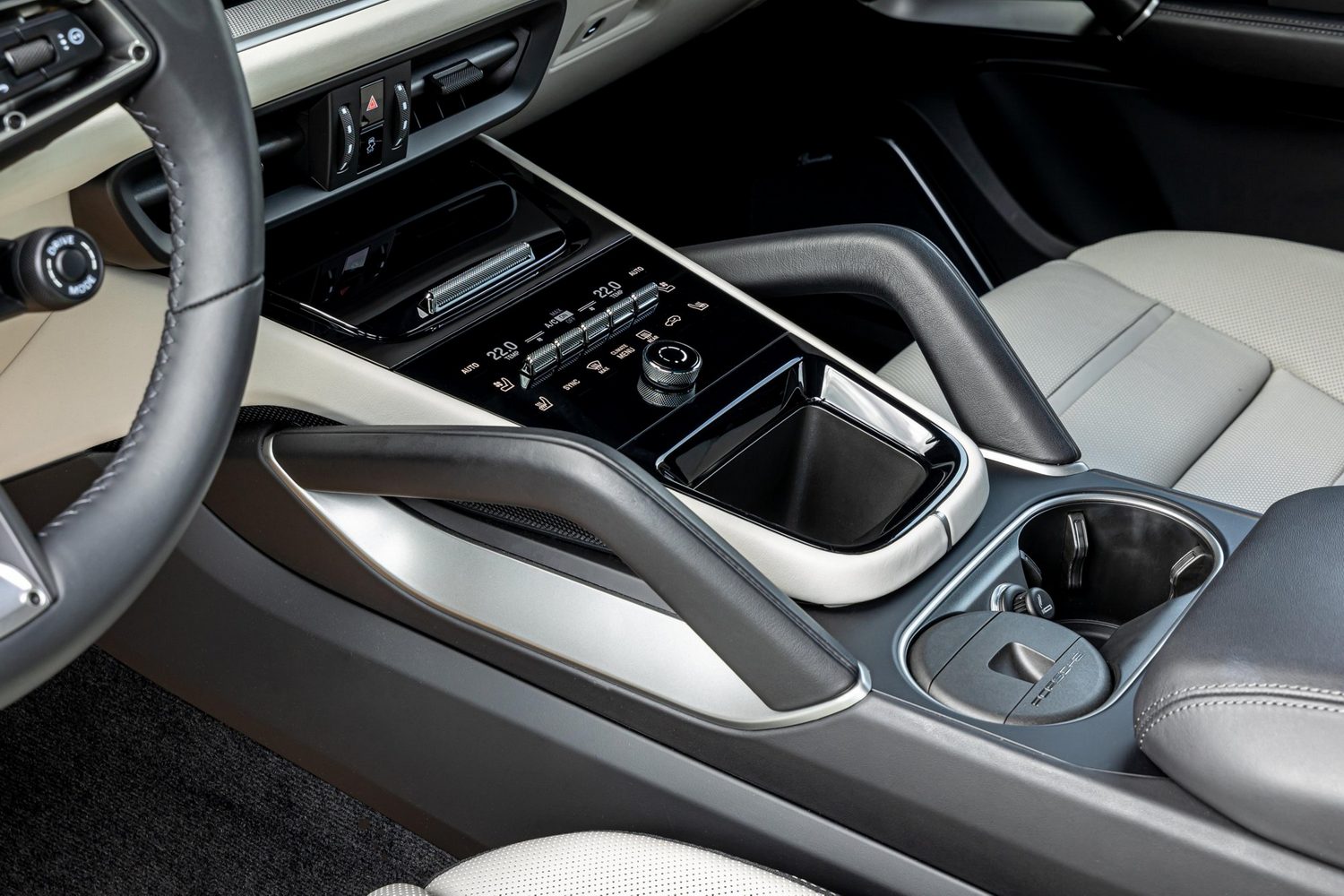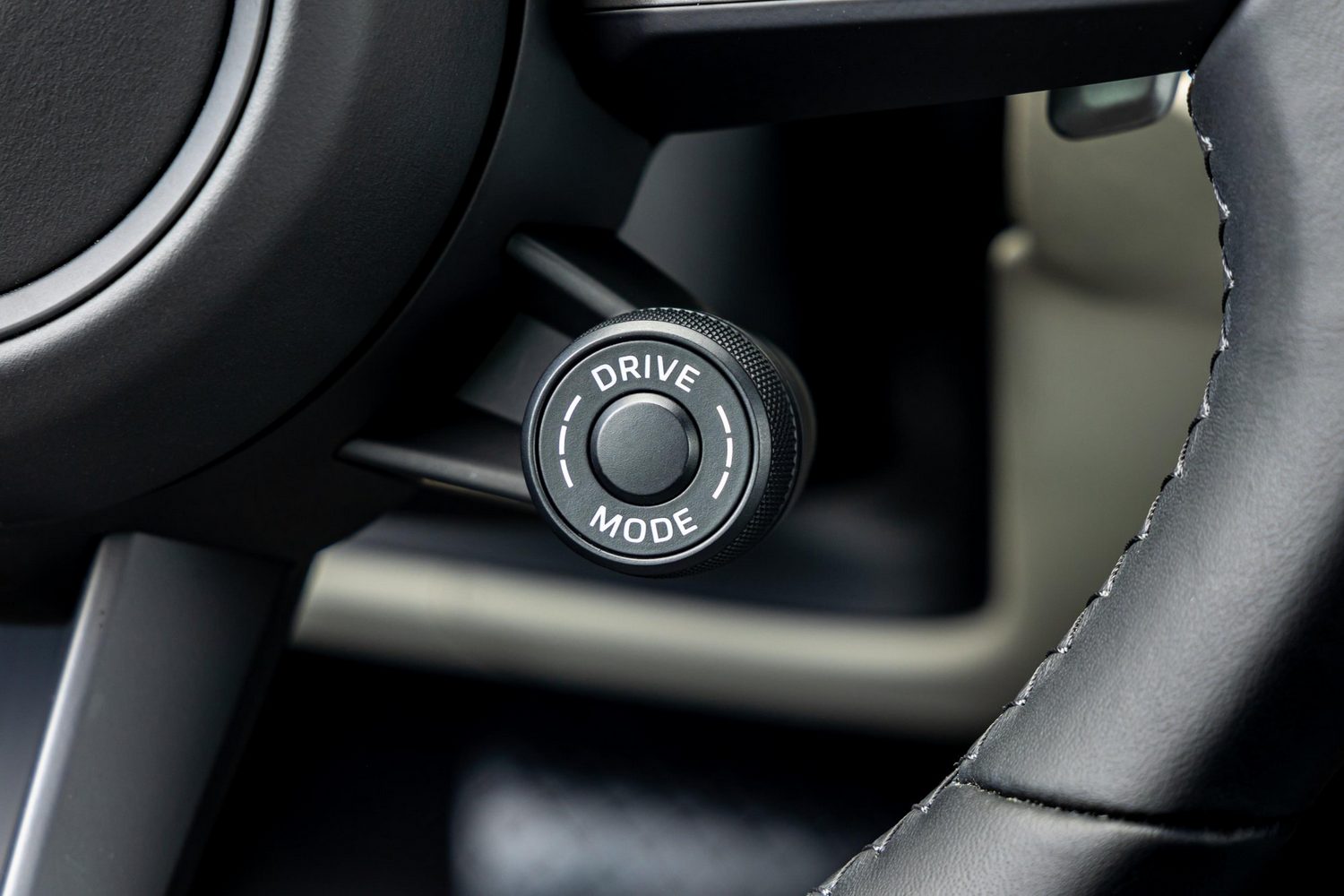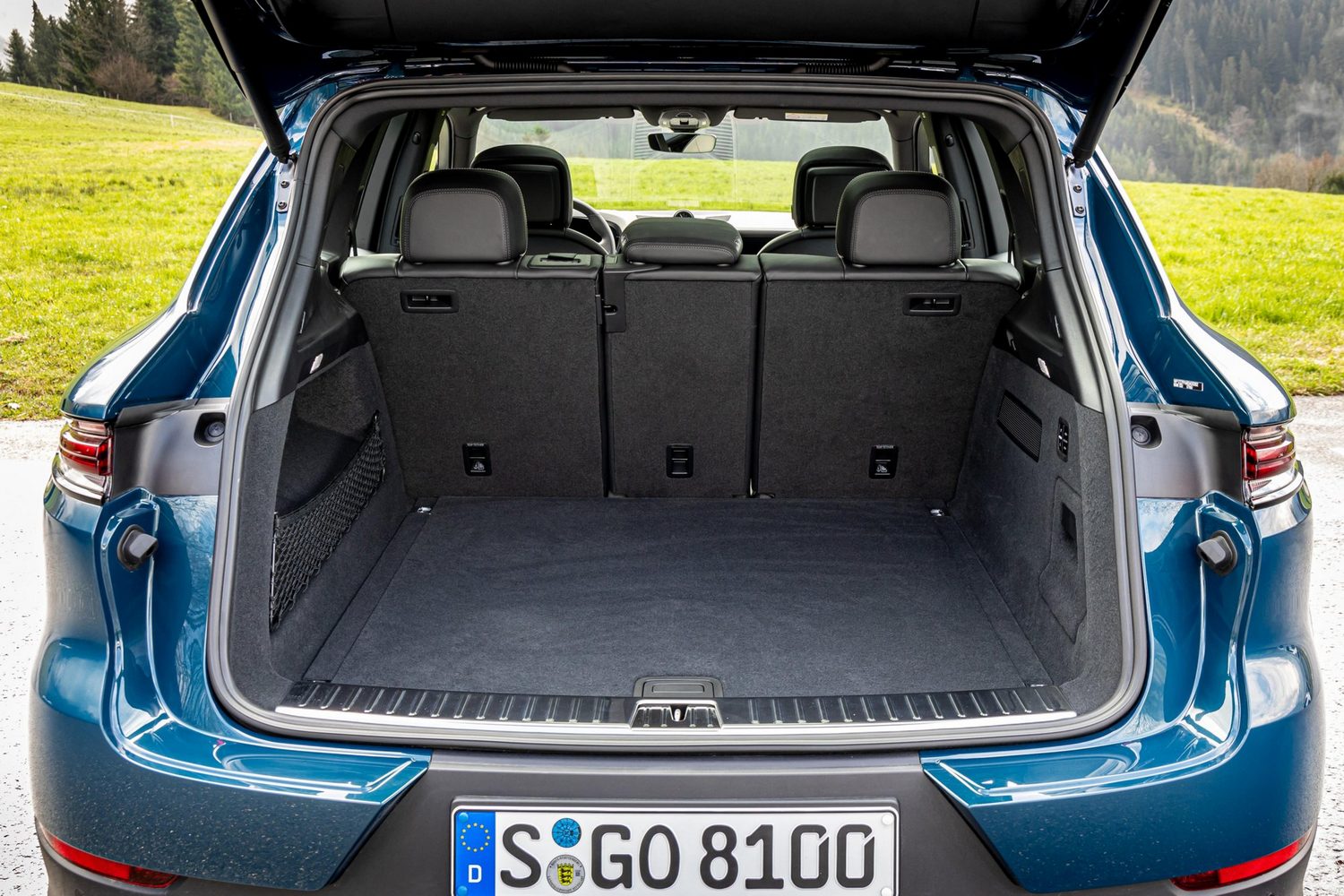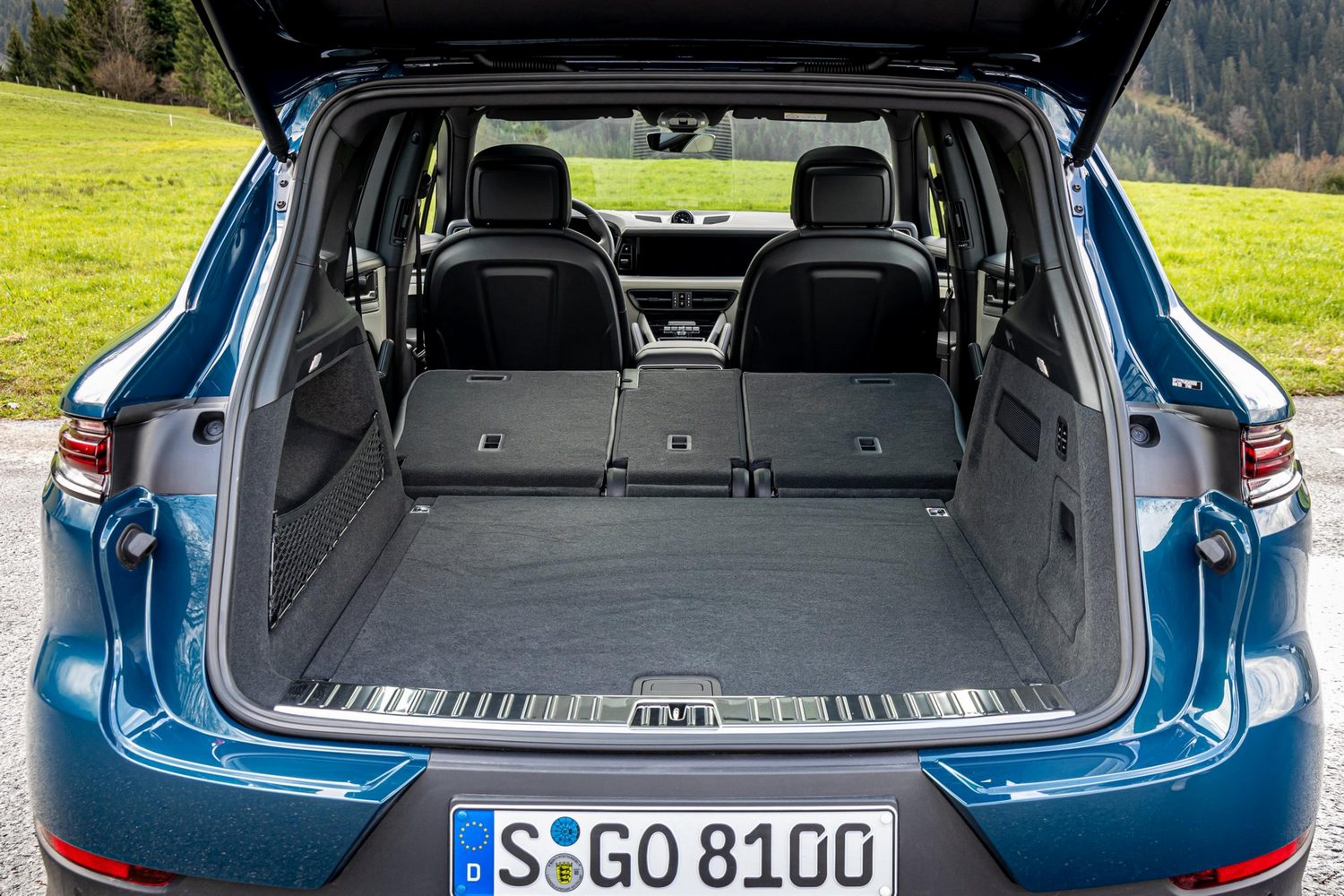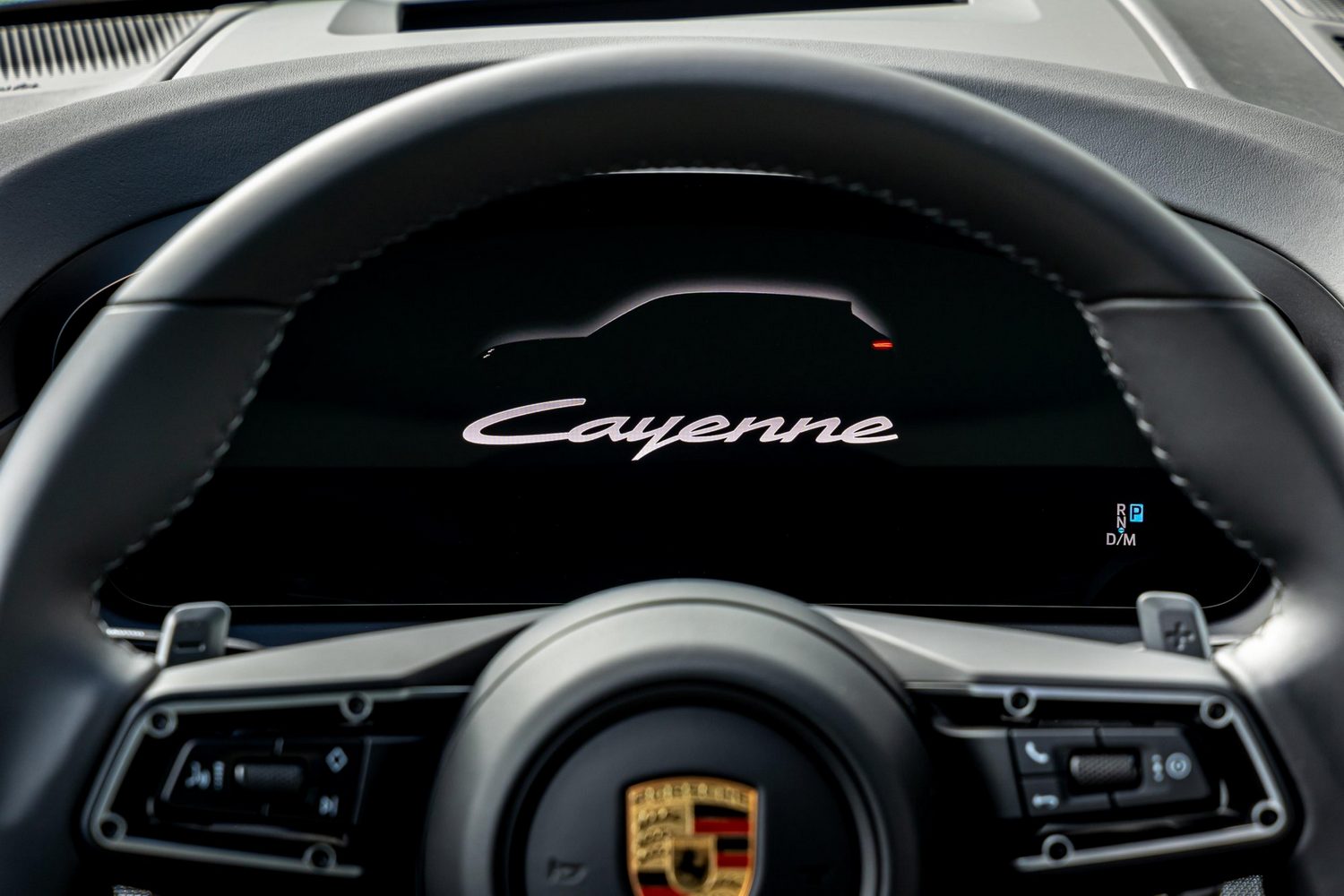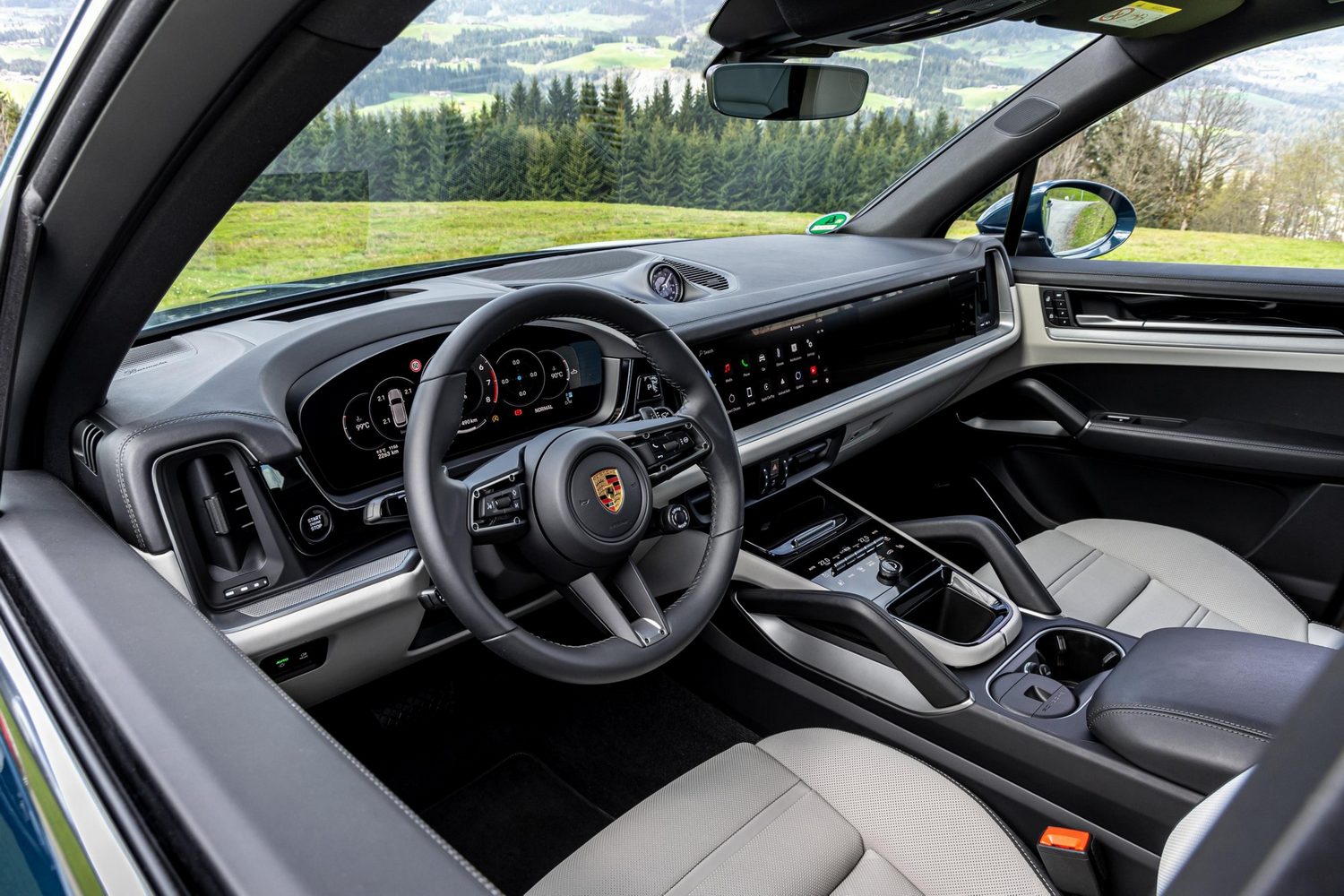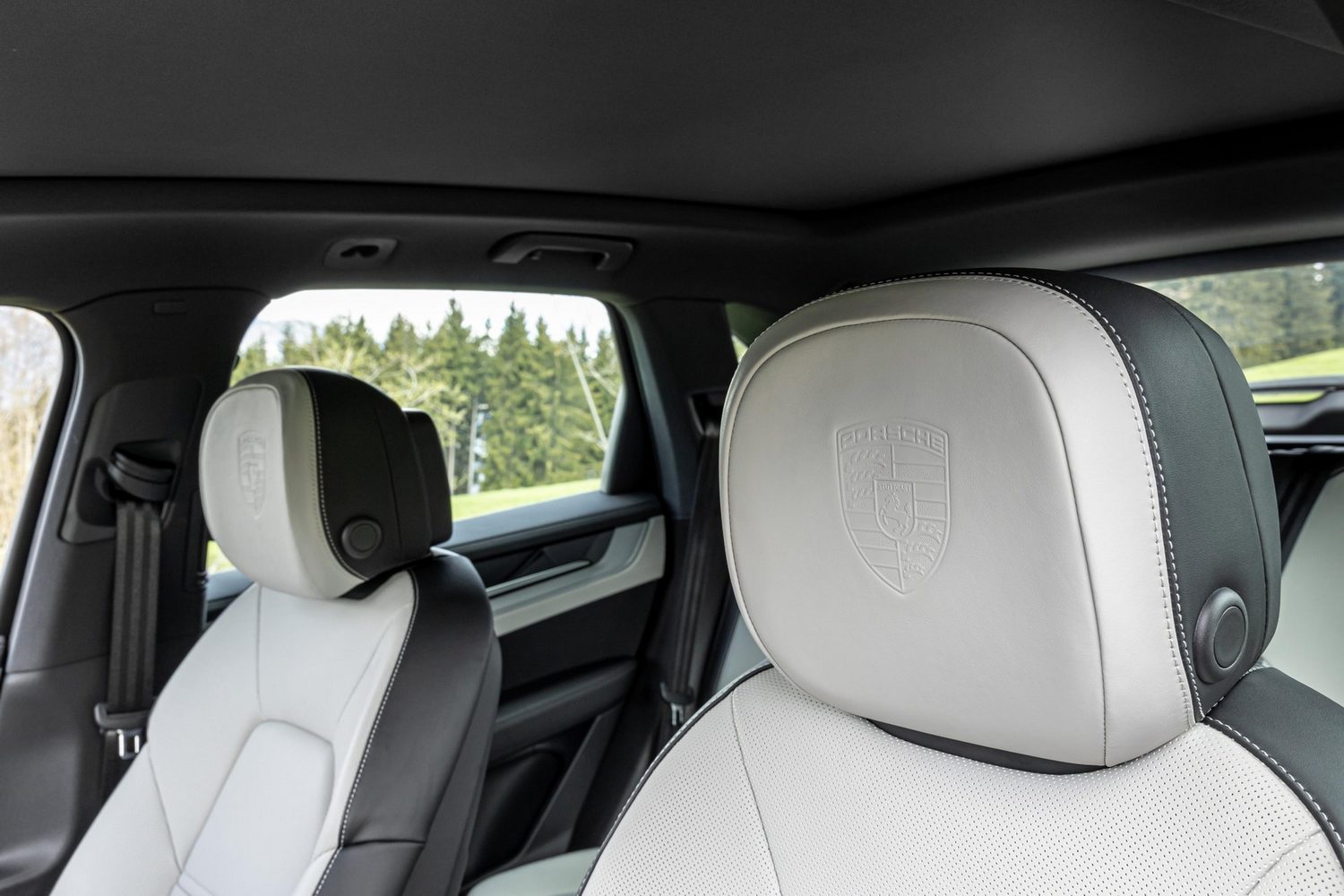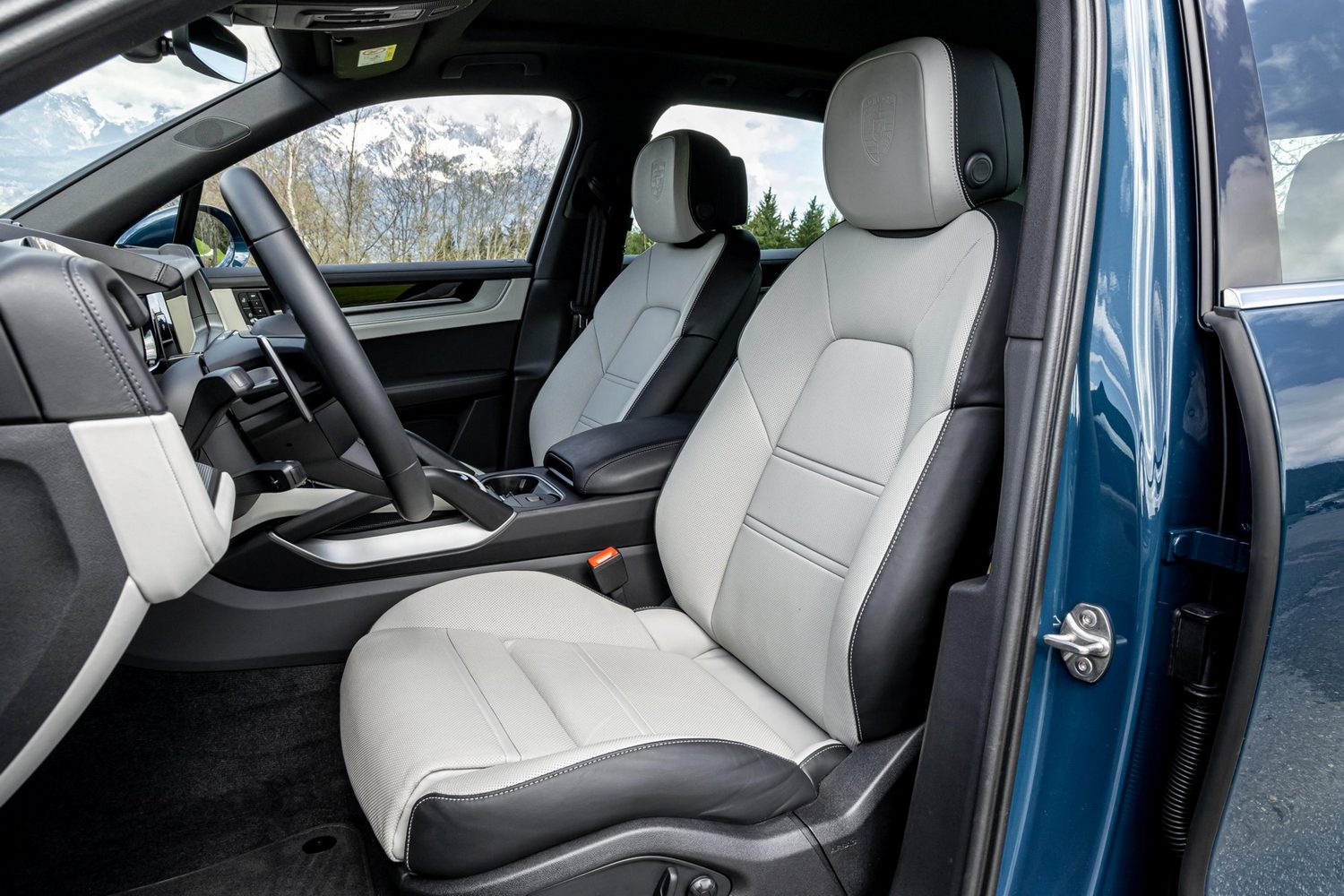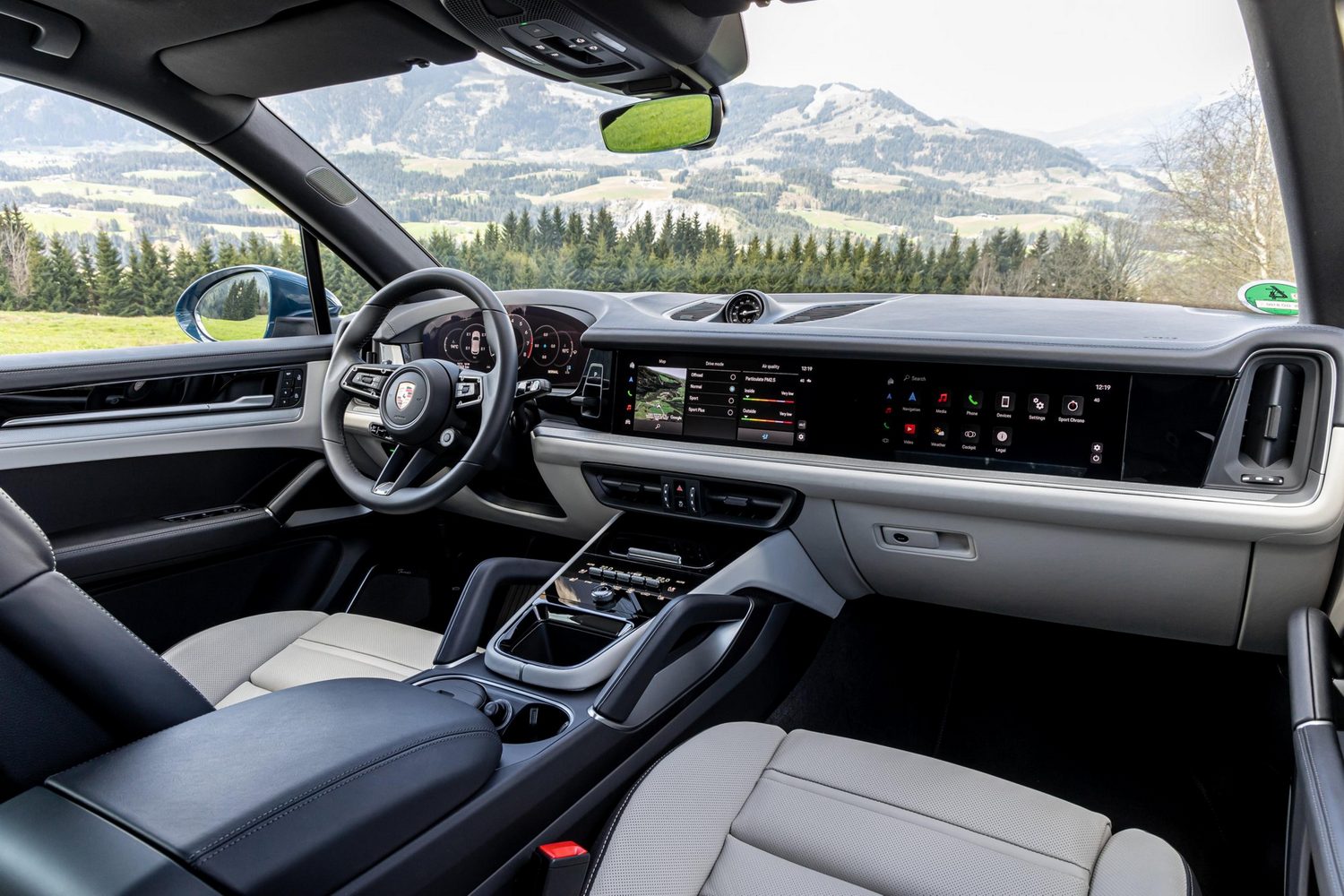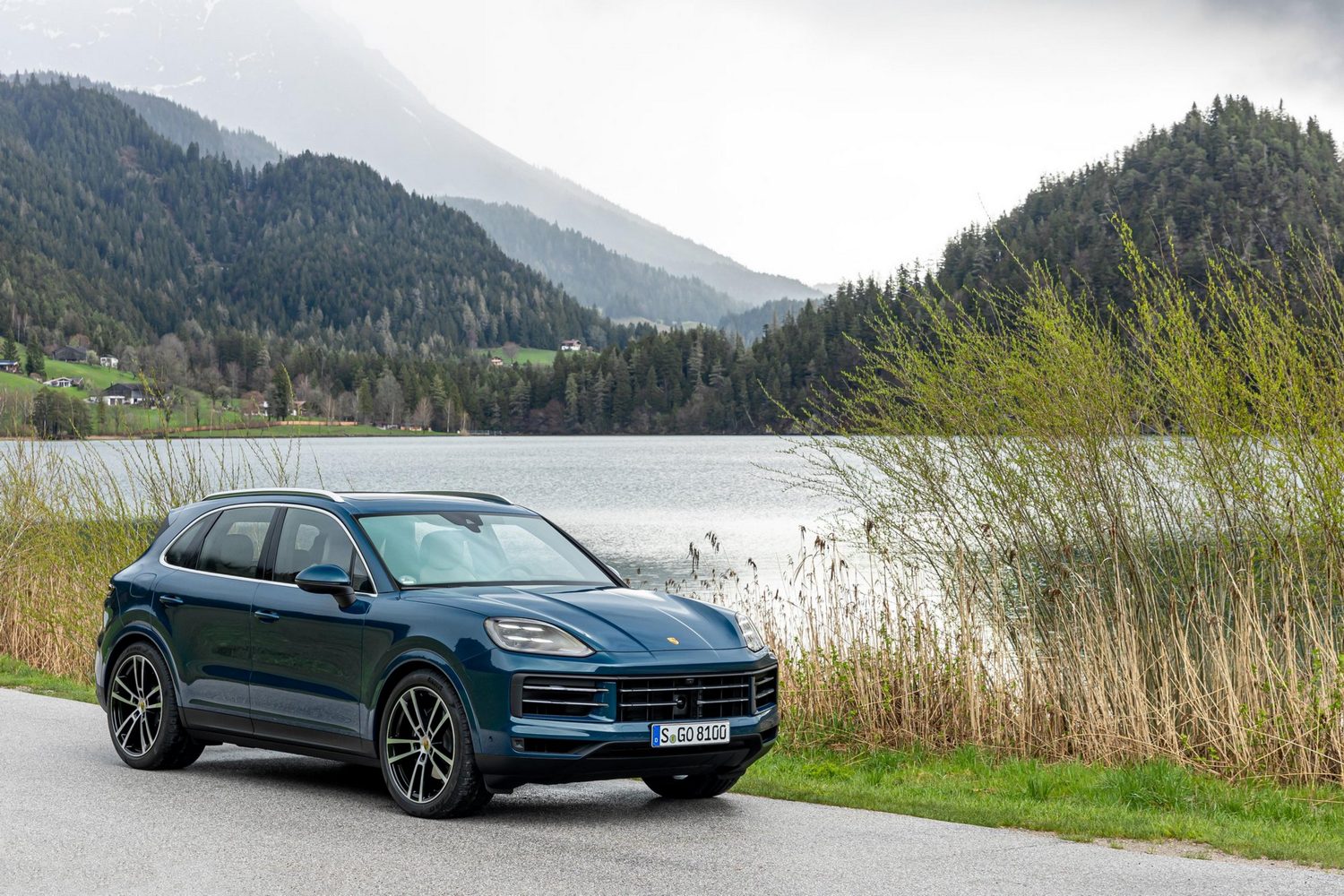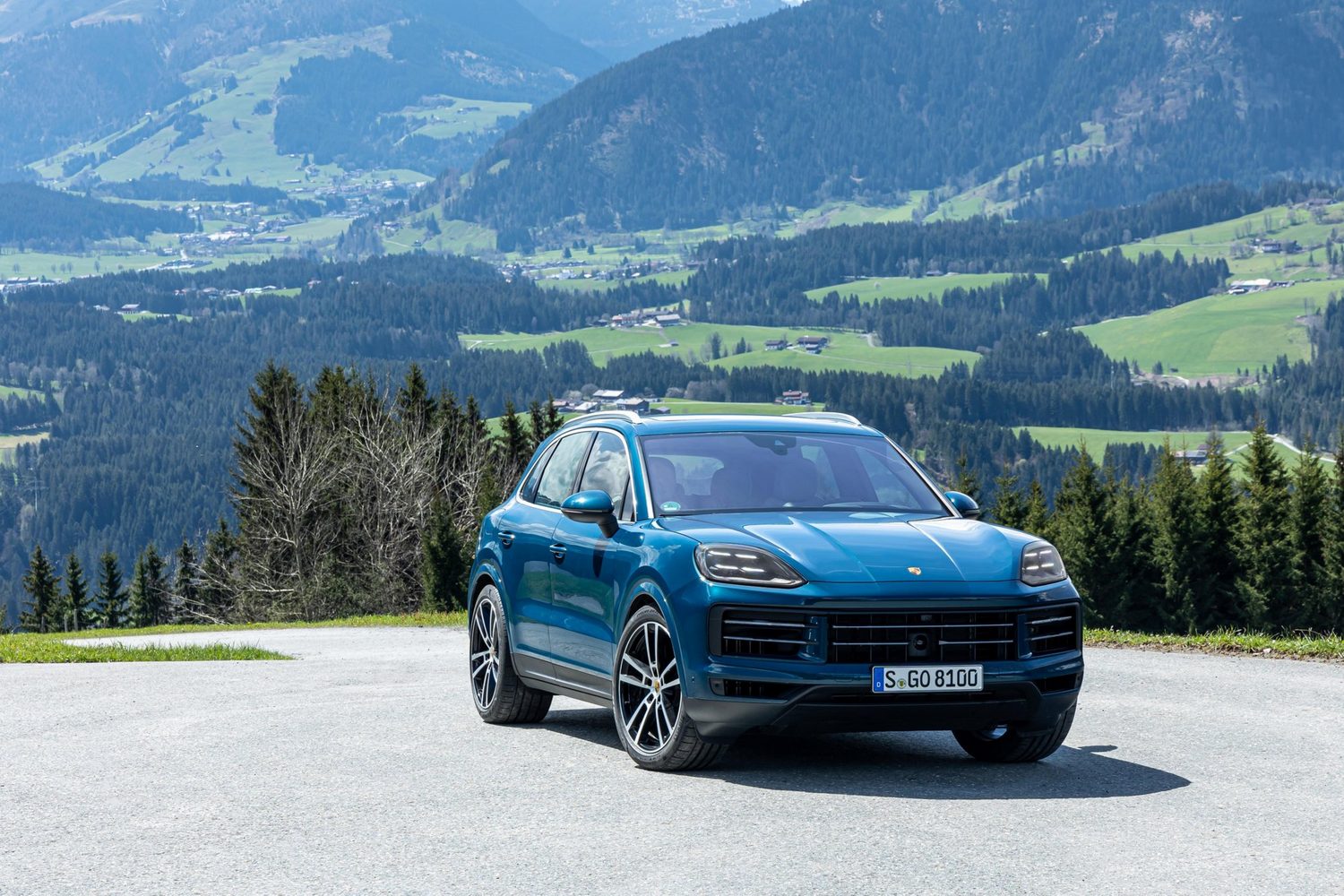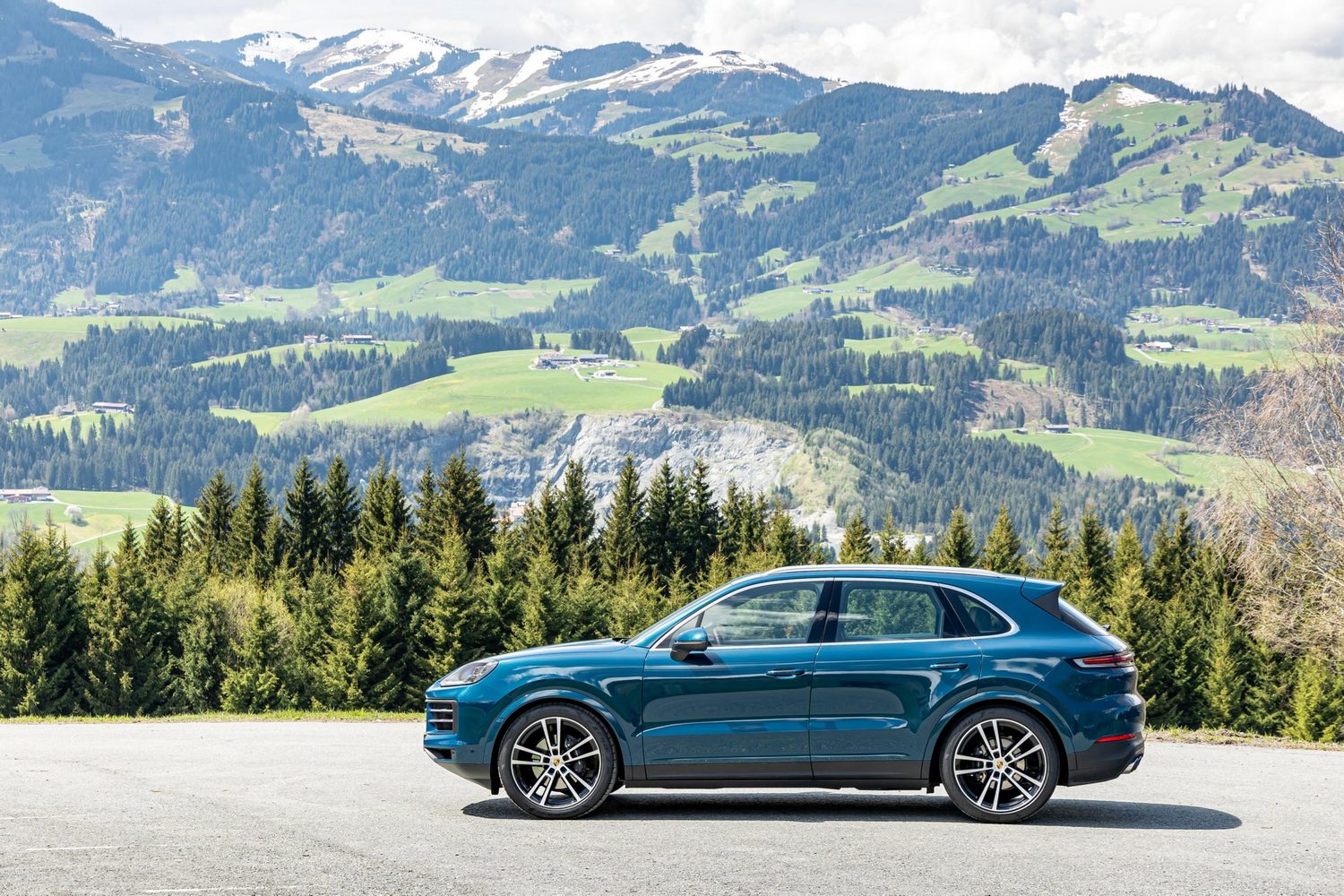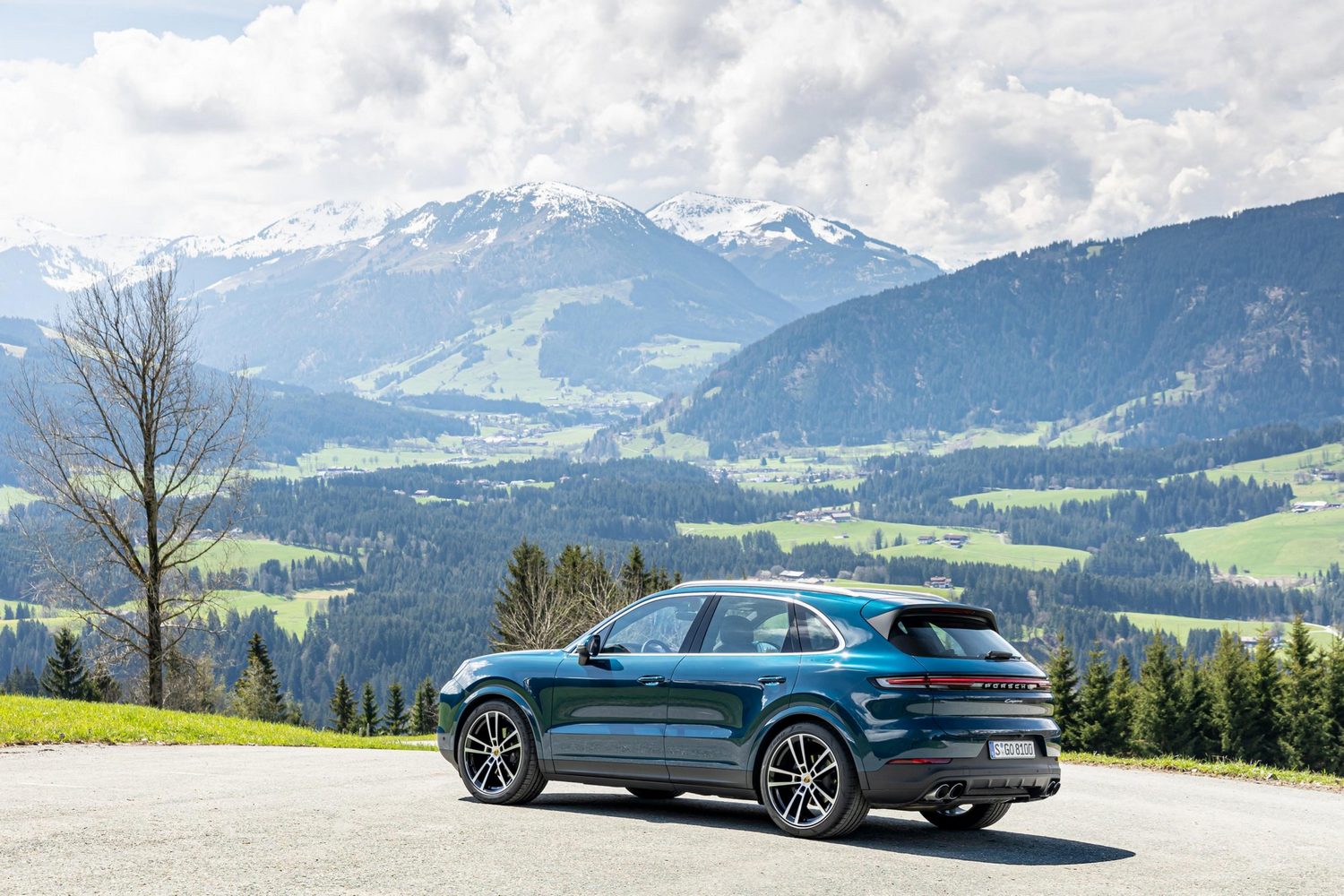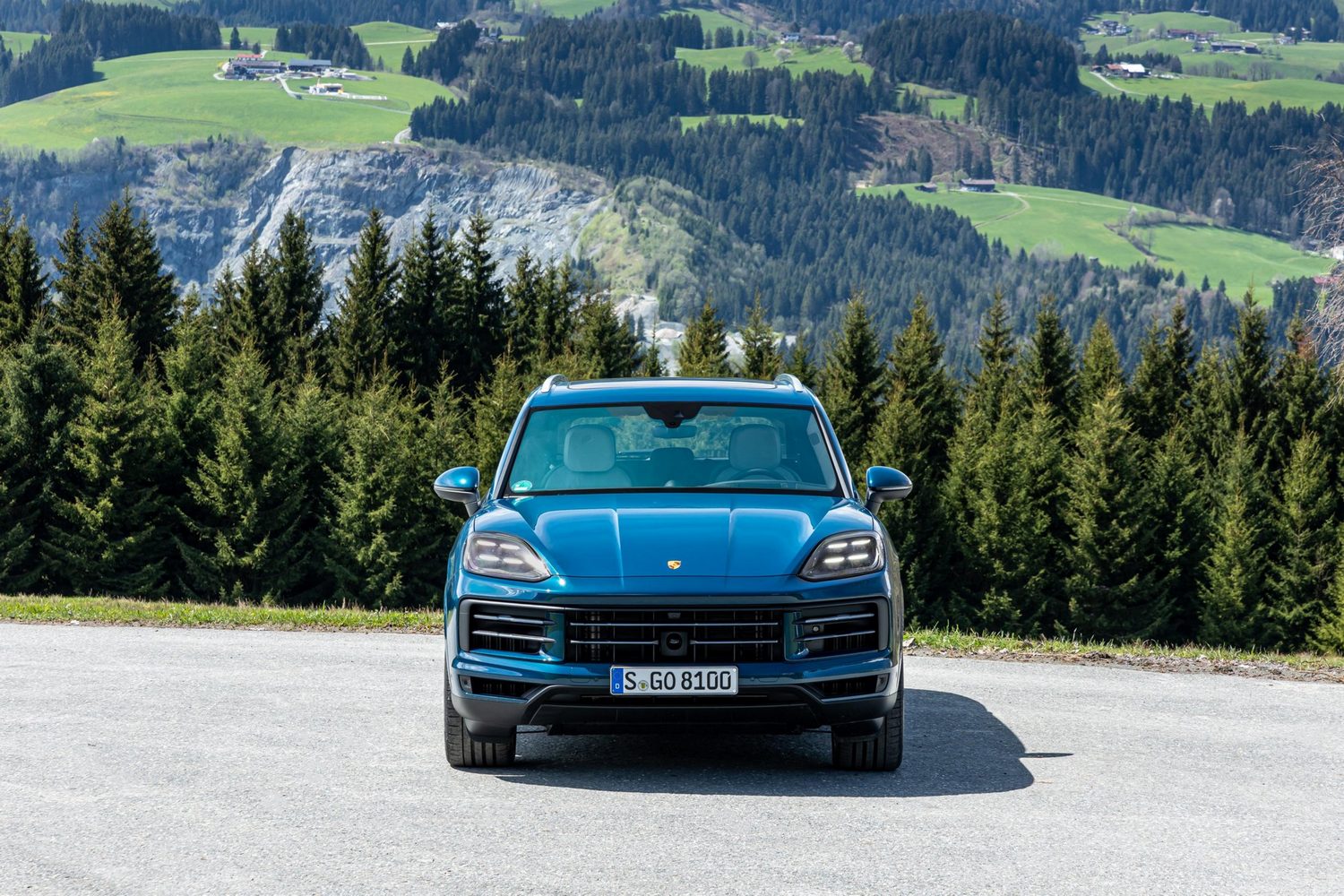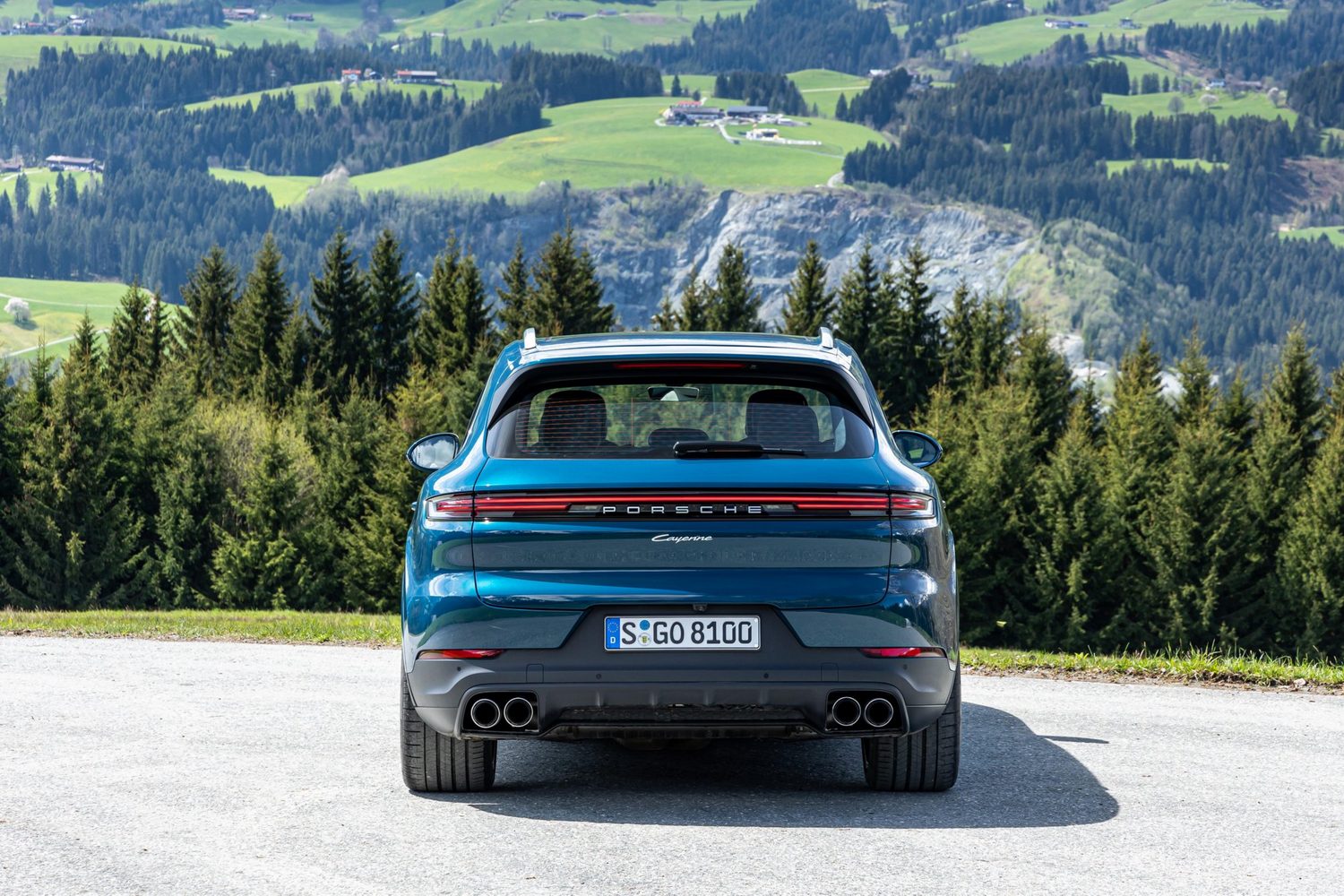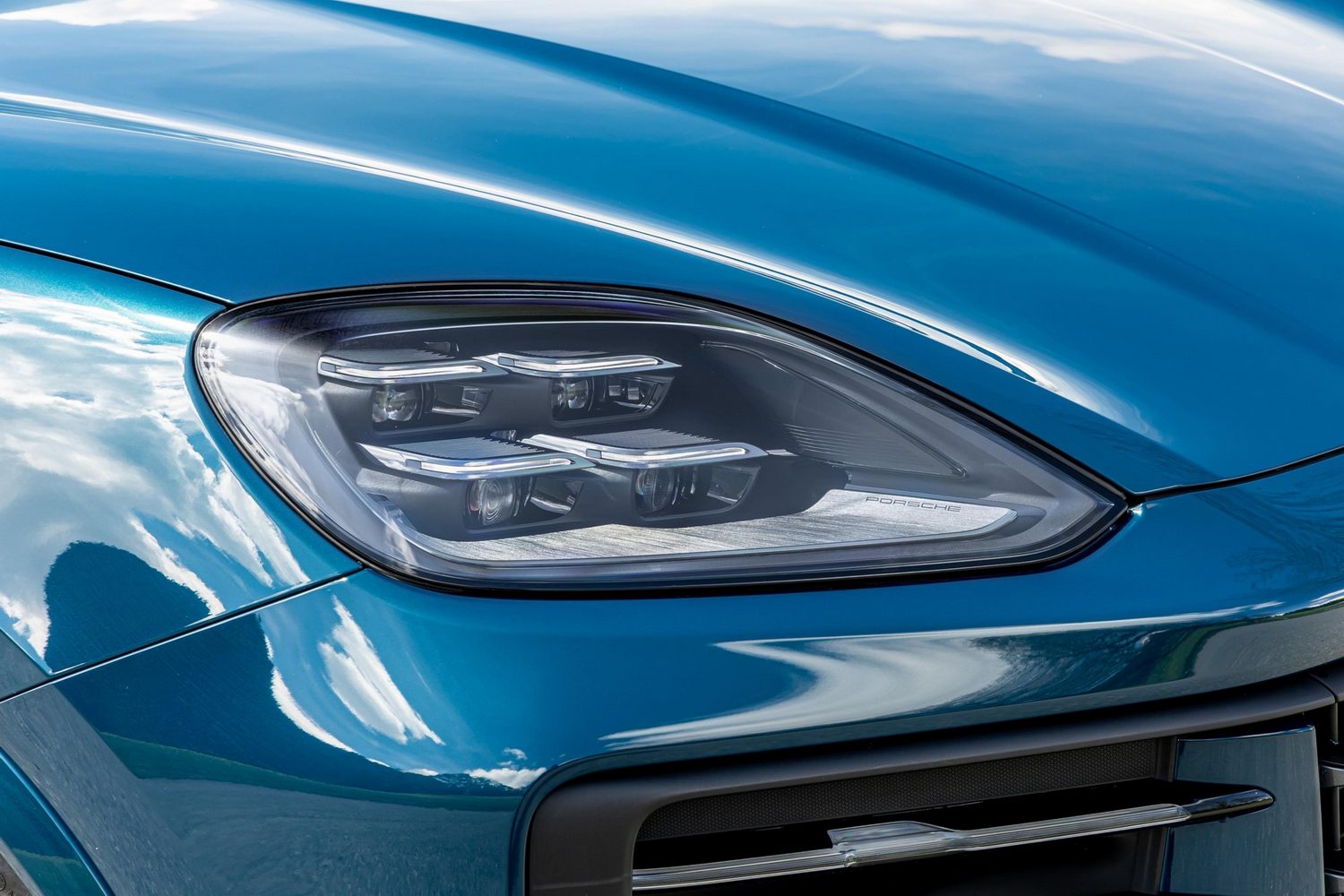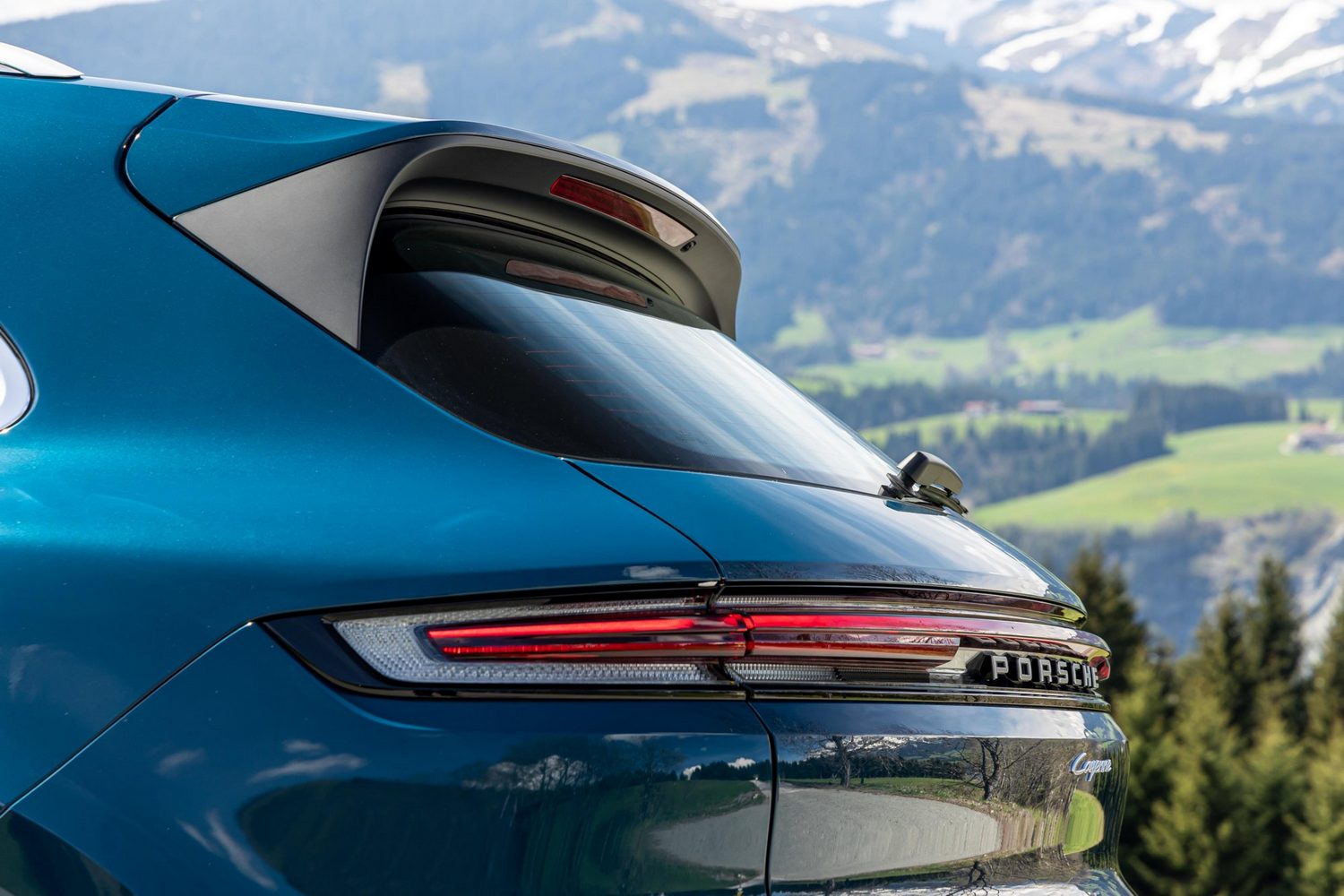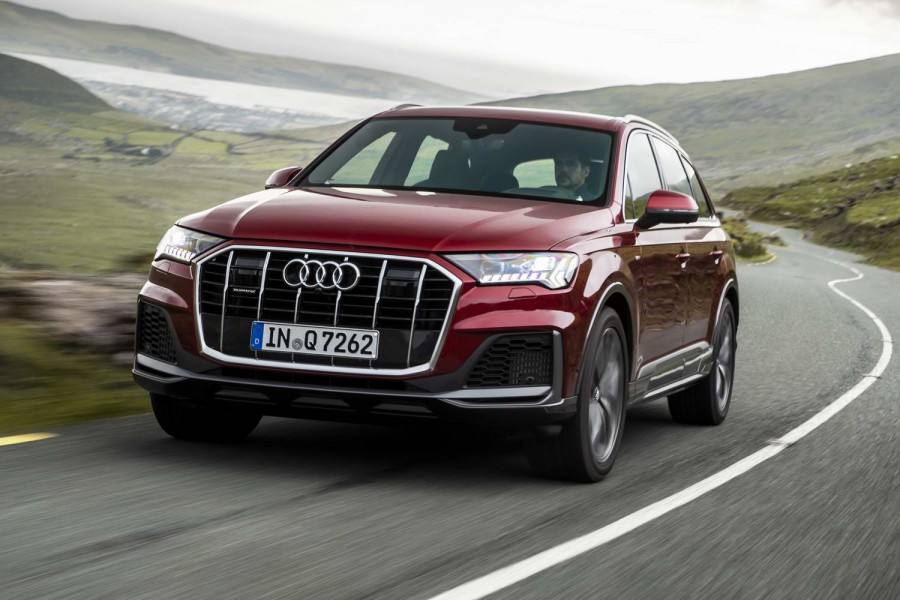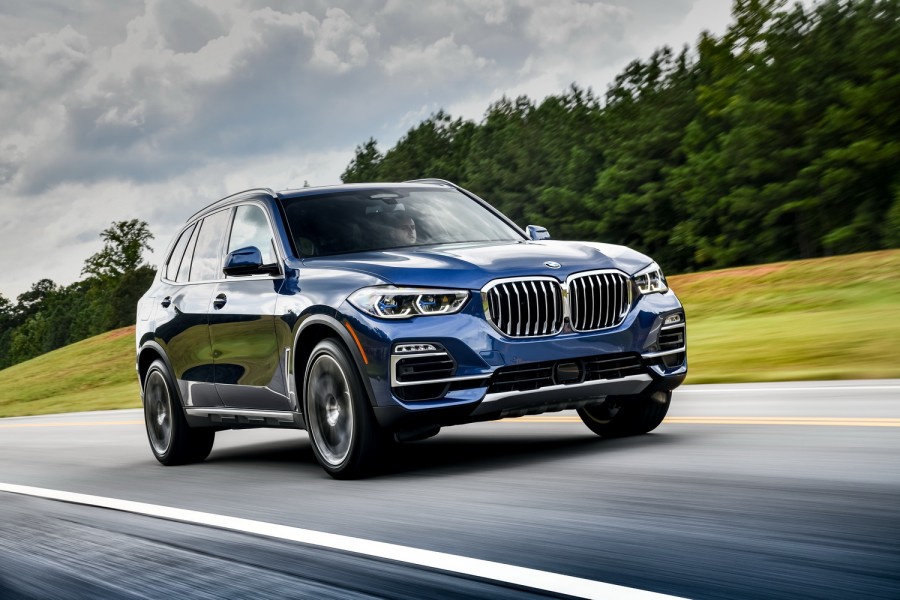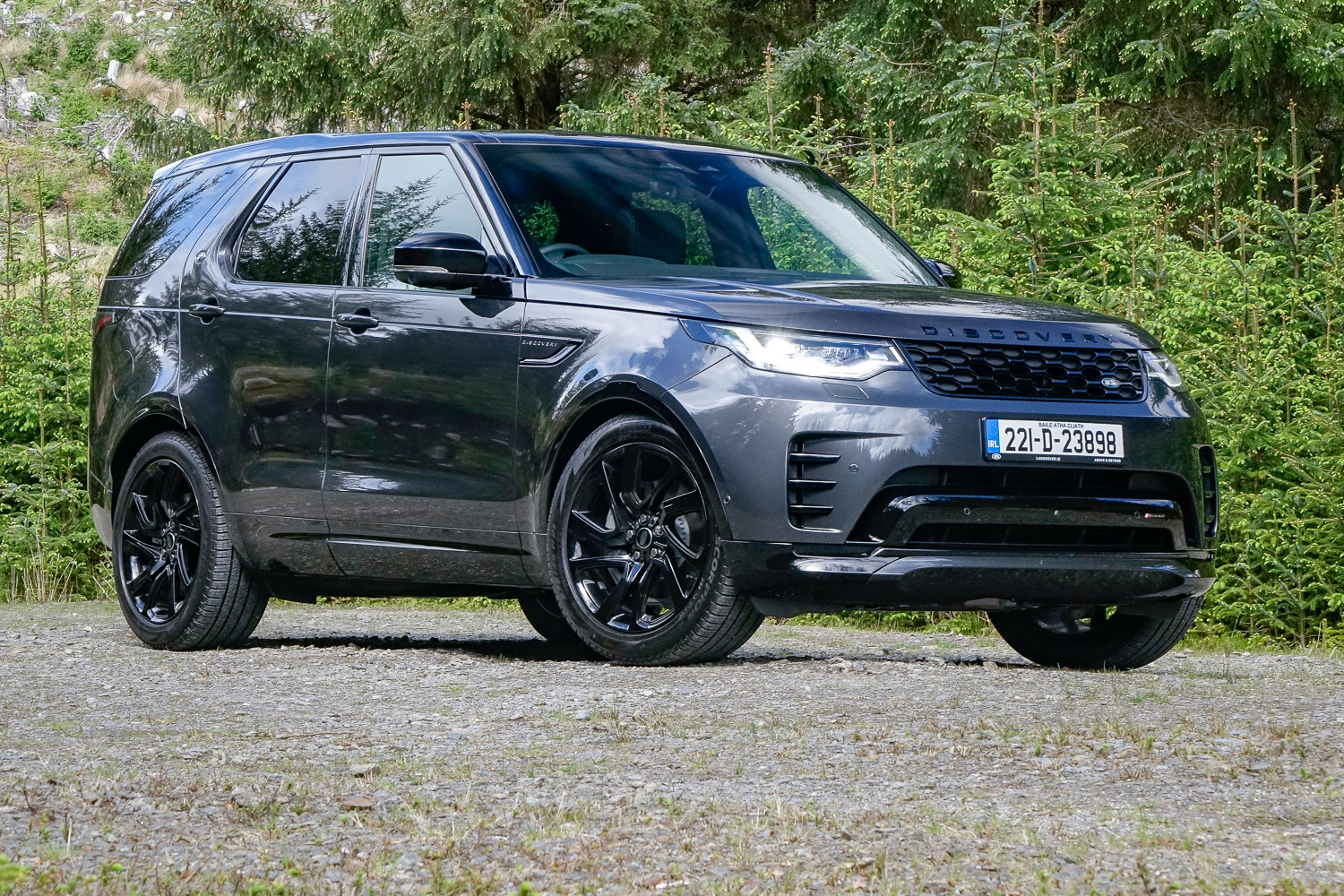Porsche has done very well out of the Cayenne SUV, which pioneered the brand's move from producing sports cars to luxury cars. In fact, such is the success of the Cayenne that around 1,250,000 examples have been sold since the car's launch in 2002, and it's now Porsche's best-selling car globally. Even though the Cayenne clearly wasn't broken, Porsche has chosen to update its hit model, tweaking everything from the styling to the suspension and even toying with the engine range. We tested the 'basic' Cayenne SUV to find out whether the least powerful version of the new-look Cayenne can really cut the mustard.
In the metal
Telling the new and old Porsche Cayenne models apart isn't all that easy at first glance, because most of the changes can be found inside. But before we take a look at the interior, there are one or two exterior updates to go through.
Chief among those is the addition of clever new LED Matrix headlights as standard, allowing the lights to dip the main beam only in the direction of other road users, while HD LED Matrix lights are offered as an optional extra. Pick those and the lights get even more sophisticated, picking out the car's lane of the motorway or flashing to alert the driver to hazards or pedestrians by the roadside.
Alongside those clever lights, the new alloy wheels and new paint jobs sound a bit low-tech and minor, but there are some other visual tweaks, including a new bonnet. There are new front wings, too, and there's a freshly updated rear bumper as well. In short, the visual updates are minor, but the sales stats suggest the old car's image was hardly holding it back.
We can't call the interior upgrades minor, though. There, Porsche has made merry with parts from the Taycan, fitting the electric car's curved digital instrument cluster, its start button and gear selector arrangement. Neither is a particular upgrade on the old car - the drive selector is hidden behind the steering wheel and though the new screen is sharp, it doesn't offer anything particularly new - but they aren't a downgrade, either. Sure, the lack of a hood on the instrument binnacle is a bit strange, but you get used to it. Particularly as the rest of the cabin looks so good.
Porsche has made some styling tweaks to the air vents and the dashboard design, too, and they all look great, but that's nothing compared with how good it all feels. Porsche's build quality has always been rock solid, and the new Cayenne is every bit as robust as it was before. Everything feels really premium and well made, while the materials used are first-rate.
And there's some fresh technology on show, including an automatic air recirculation system and a new passenger display. Designed to allow the passenger in the front seat to watch television or videos on the move, the screen has a kind of film that prevents the driver from seeing it, but the unintended consequence is that the colours look a bit strange for the passenger, too. In truth, it's probably a bit of a gimmick for most customers, who will probably find they don't really use it that much.
Happily, although all that has changed, the Porsche's practicality remains untouched. The boot is still massive at around 700 litres with the seats up, and it swells by another 1,000 litres or so when the back seats are folded down. Not that many customers are likely to need the extra space very often.
And there is plenty of space in those rear seats. The legroom is more than sufficient for adults of all sizes, and you could even fit three across the rear in relative comfort if you wanted. Headroom is also plentiful, and though the Coupe version is still roomy enough, the standard SUV offers a bit more breathing space.
Driving it
Porsche has made some tweaks to the Cayenne's engine range, but this supposedly entry-level version has certainly not received the lion's share of those tweaks. As before, it's powered by a turbocharged V6 petrol engine that drives all four wheels via an eight-speed automatic gearbox.
But it isn't all same-old, same-old. Porsche has upped the power slightly, so even this supposedly basic Cayenne gets a meaty 353hp from its 3.0-litre engine. Okay, an increase of 13hp isn't spectacular, but it's something, and it allows the two-tonne Cayenne to get from 0-100km/h in six seconds flat. If you go for the optional Sport Chrono package fitted to our test car, that drops slightly to 5.7 seconds.
Admittedly, that doesn't sound all that impressive alongside other models in the Cayenne range. The V8-powered S version, for example, is exactly a second faster to 100km/h, and that puts the massive, high-tech, luxurious SUV on a par with proper sports cars. In fact, the S is faster from 0-100km/h than the standard 718 Cayman. However, when you consider other luxury saloons and SUVs are little faster, the Cayenne's performance figures suddenly look much rosier.
For most people, we'd say the standard Cayenne is more than fast enough, with ample ability to lug itself around and plenty of poke for overtaking. Yes, you get more grunt from the S model, or even the E-Hybrid, but the difference isn't huge. And if you're worried about the V6 engine lacking character, don't. It doesn't have the burble of the V8, but it's a bit quieter at lower engine speeds and it still sounds sporty enough when you put your foot down, particularly if you have the Sport Chrono package.
A bigger issue for the basic V6 is that of efficiency. Our test car has an official consumption figure of 11.4 litres every 100km - only marginally better than the S, which has considerably more power. And in the real world, our test suggested the gap might be tighter still, with the V6 requiring a little more persuasion to produce the performance the V8 can turn out with ease.
But while the engine is a mixed bag, the way the Cayenne drives is brilliant no matter what you're after. Porsche has fettled the suspension in a bid to make the car more comfortable without sacrificing the handling that separated the Cayenne from its rivals. The engineers have managed exactly that, although we should caveat this by saying our test car rode on the optional air suspension, which is likely to prove more pliant than the steel springs of the completely standard car. It's also worth mentioning our test took place on smooth European roads, so we may have to wait for a proper verdict on more representative surfaces.
Nevertheless, the Cayenne performed admirably on the surfaces it was dealt, and it seems there is a degree of extra comfort to the ride in the more supple Normal mode. Opt for the Sport or Sport Plus settings and things firm up accordingly, although only the Sport Plus mode really feels stiff. The other settings are perfectly acceptable for road use, but the aforementioned Normal mode makes the Cayenne feel really supple, and it almost glides along at motorway speeds. It isn't all magic carpet stuff, though, because you can still feel exactly what the car's wheels are doing - to satisfy keen drivers - although it never feels uncomfortable.
That means you can have complete confidence in what the Cayenne is doing, and that's only aided by Porsche's trademark steering feel. The brakes, too, deserve a special mention. Those in the E-Hybrid suffer for having to balance traditional friction braking with regenerative braking, but the standard Cayenne's braking system has no such issue, and the pedal feels a lot more natural as a result. Combine that with impressive body control from the new suspension and you've got a car that's just as good as its predecessor, if not slightly better. And praise doesn't come much higher than that.
What you get for your money
The real catch with the standard Cayenne is that it is not the cheapest model in the Cayenne line-up. Due to the vagaries of the Irish VRT system, the Cayenne comes in at €130,565, whereas the plug-in hybrid E-Hybrid version, with almost 120hp more, costs less than €100,000. Given the lower running costs and the extra power of the E-Hybrid, it makes it tricky to make a case for the standard Cayenne. And it isn't even as though the E-Hybrid has less character, because both use the same 3.0-litre V6 engine.
Summary
The new Porsche Cayenne is a very accomplished car indeed, and it's hard to find fault with the new model. That said, the same was true of the old car, and the differences between the two aren't great, so there's no particular need for existing customers to upgrade immediately unless they're desperate for the latest number plate.
Unfortunately, though, this supposedly basic version of the Cayenne doesn't make a whole lot of sense in Ireland. That's no slight on the car itself - it's incredibly good indeed - but it's a victim of its environment. While the least powerful Cayenne might be the cheapest option in markets where the tax situation is somewhat different, it's far more expensive than the E-Hybrid model over here, and it's considerably less powerful. The smart money will go for the hybrid every time.

